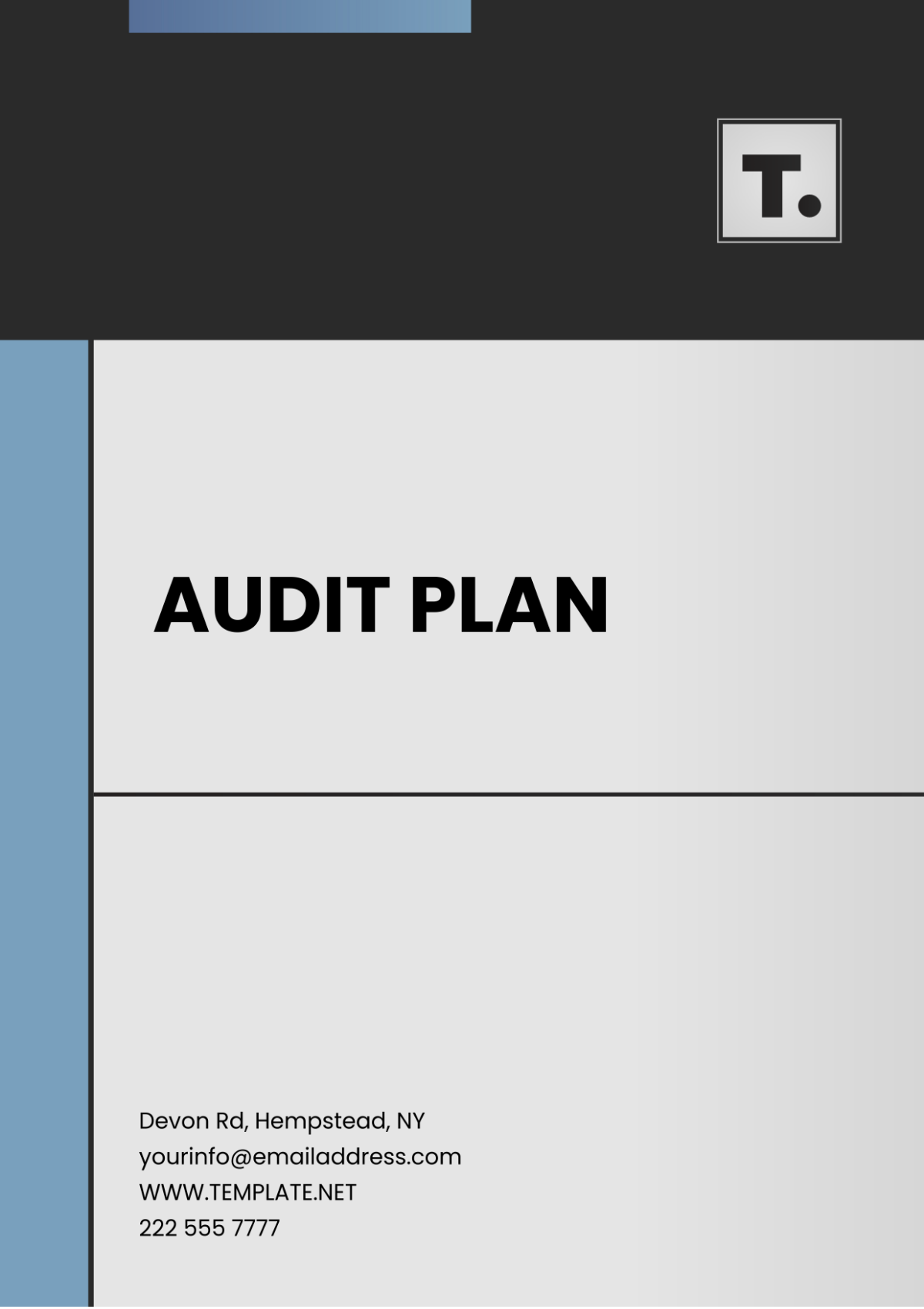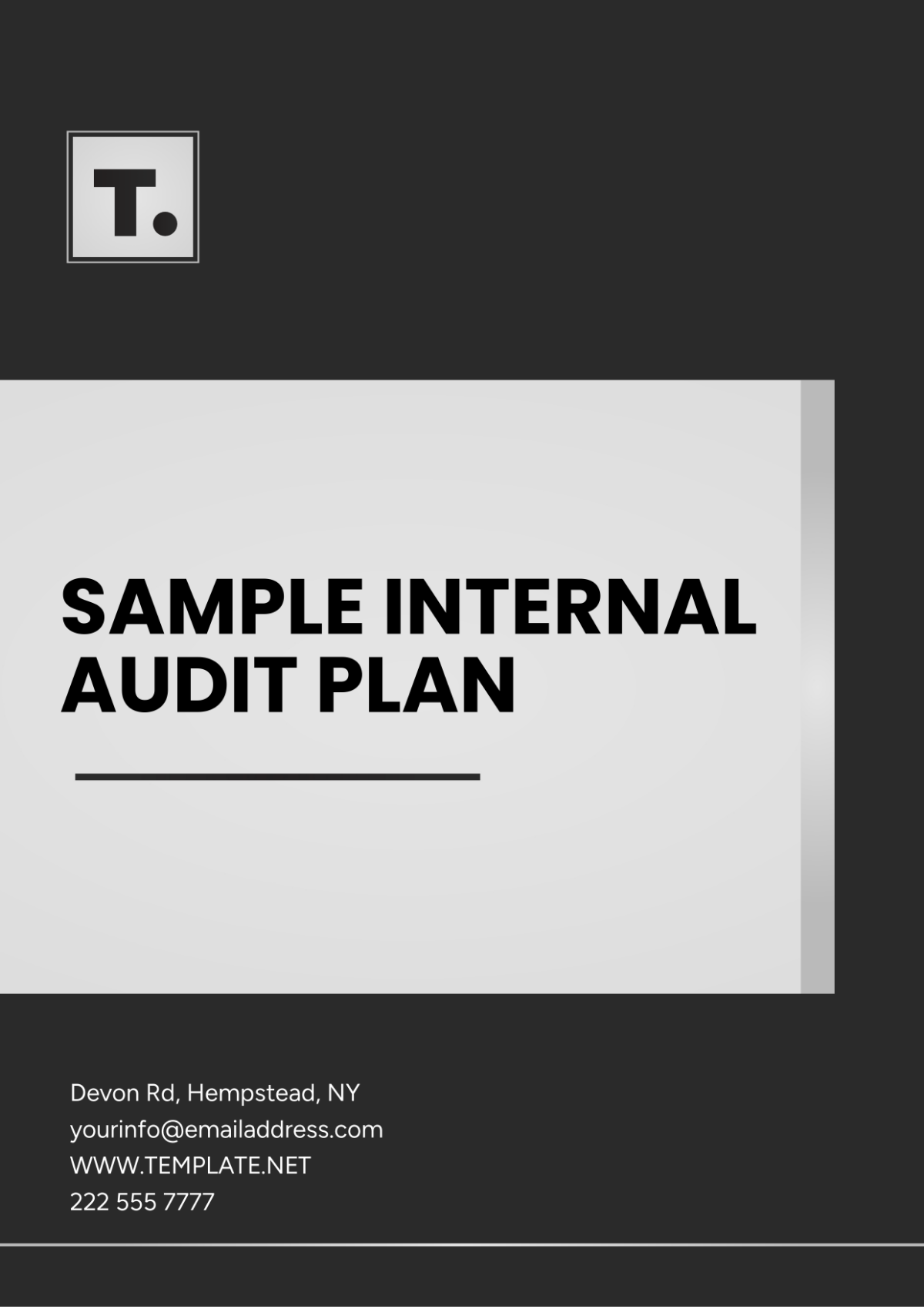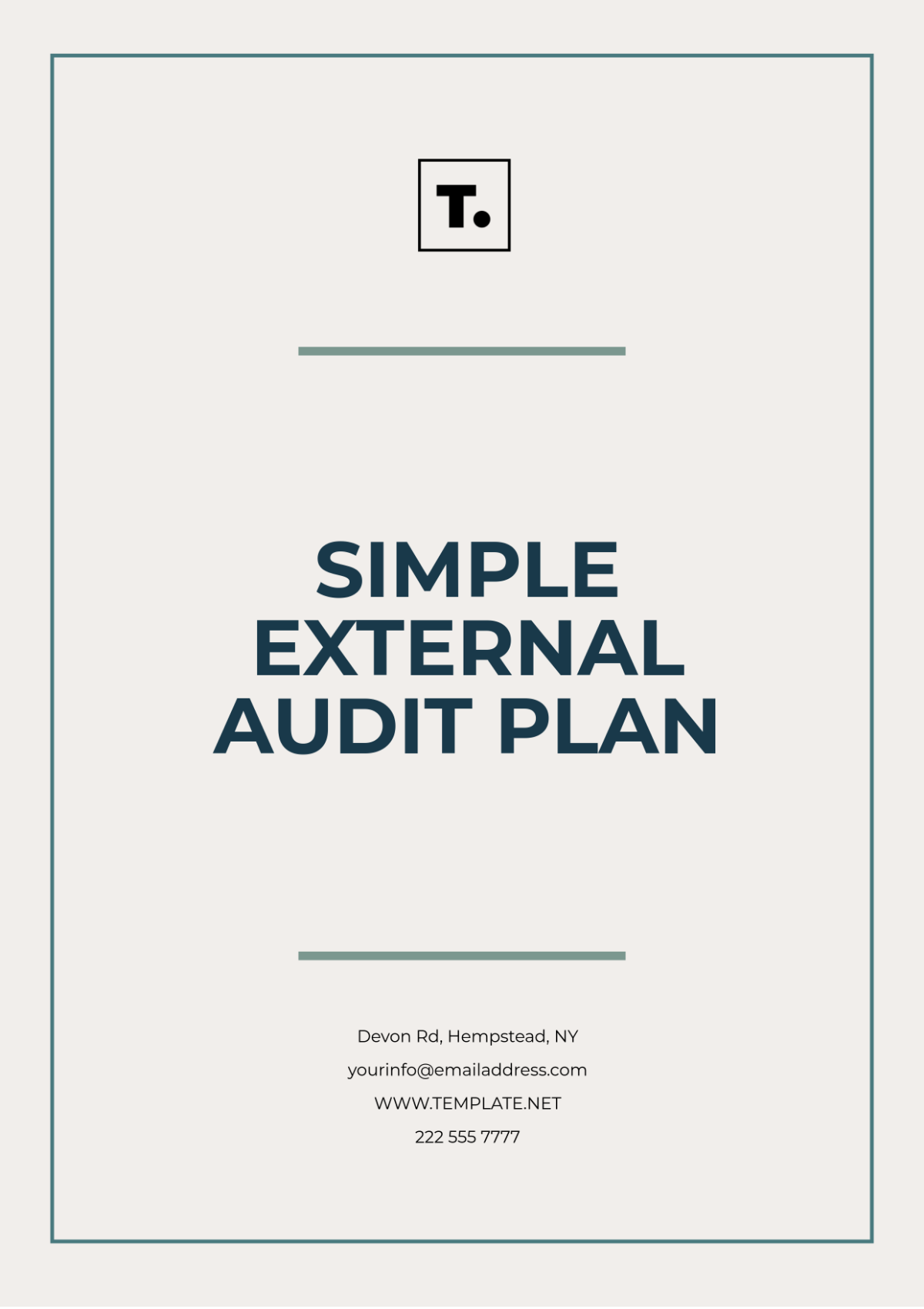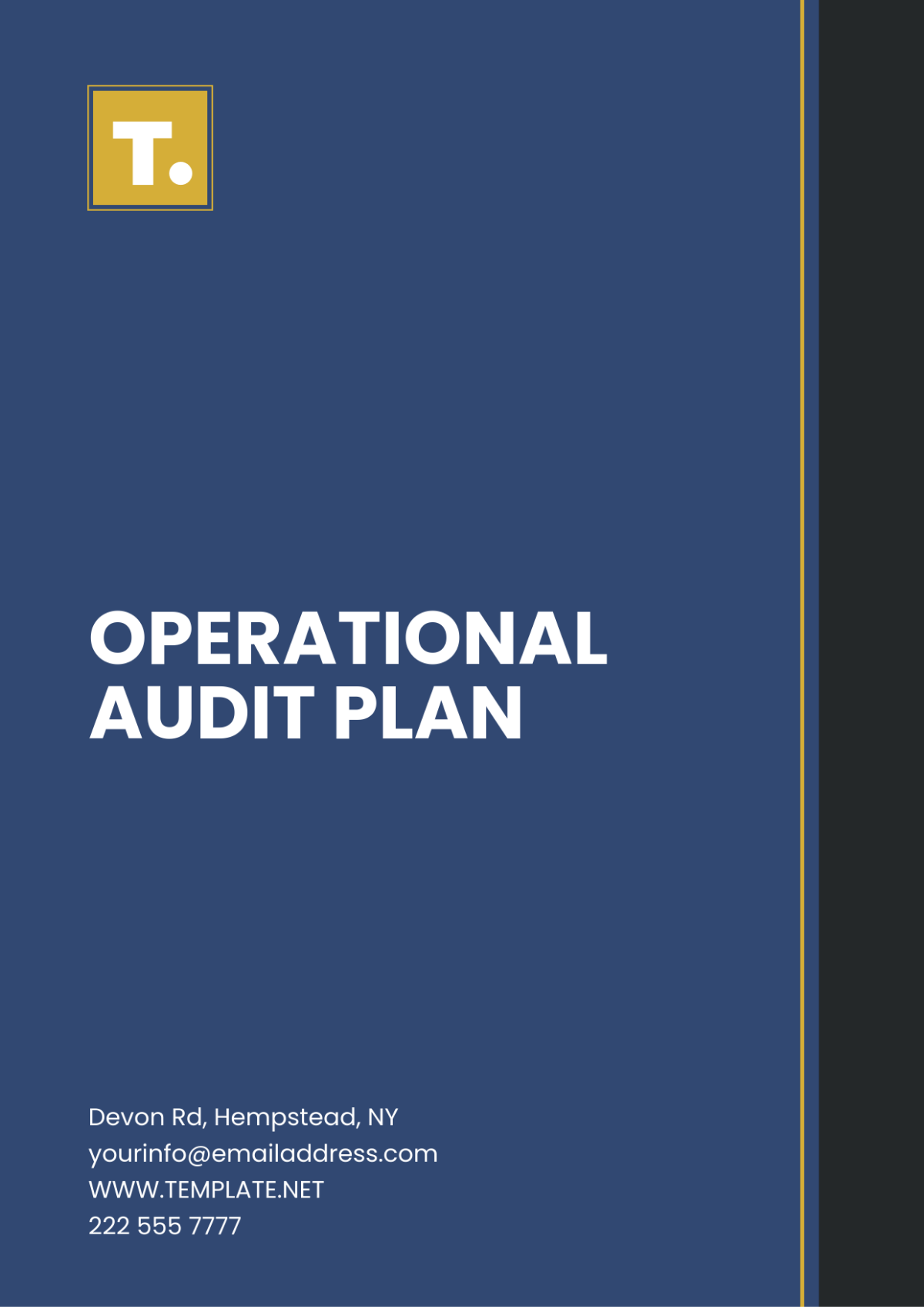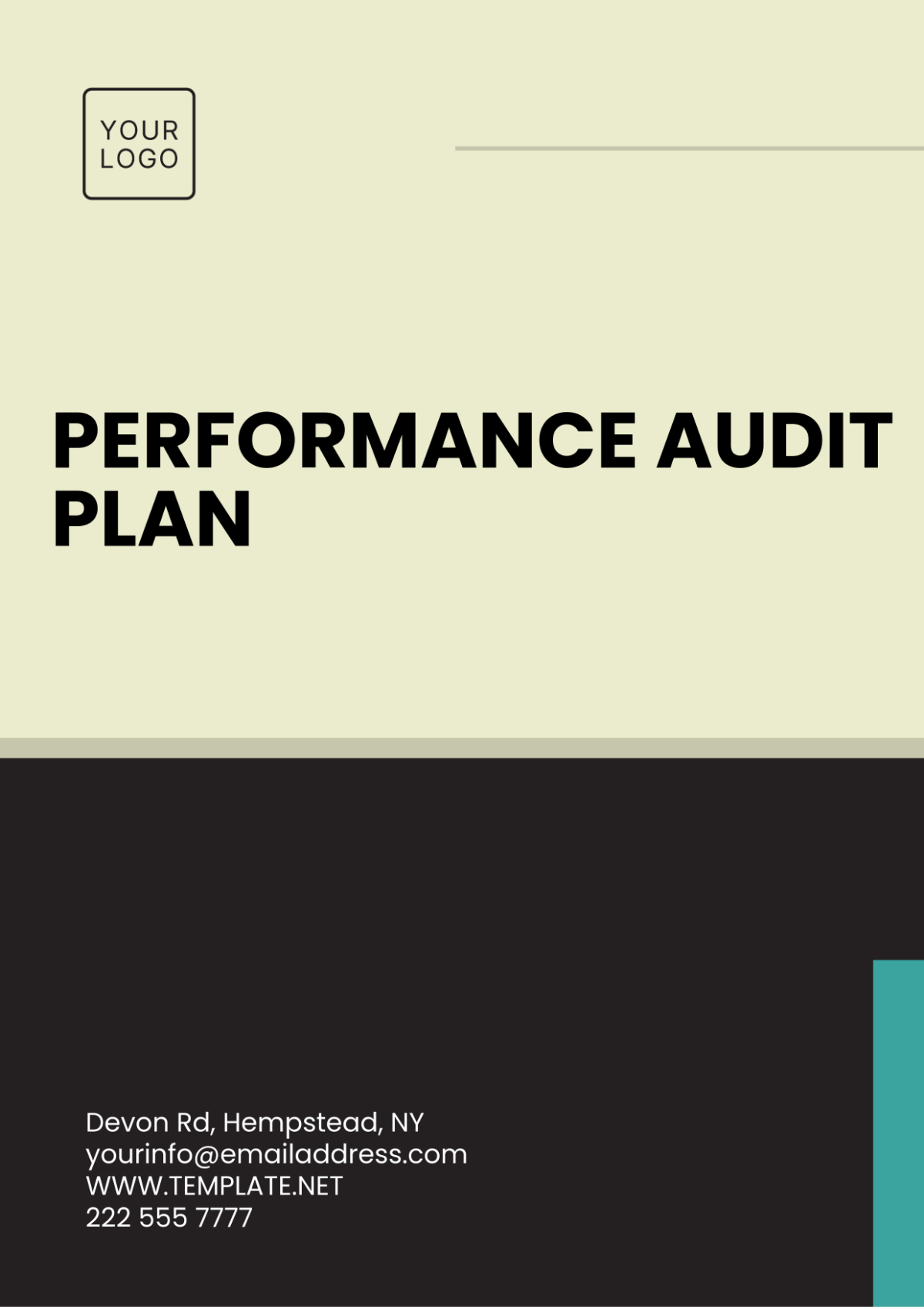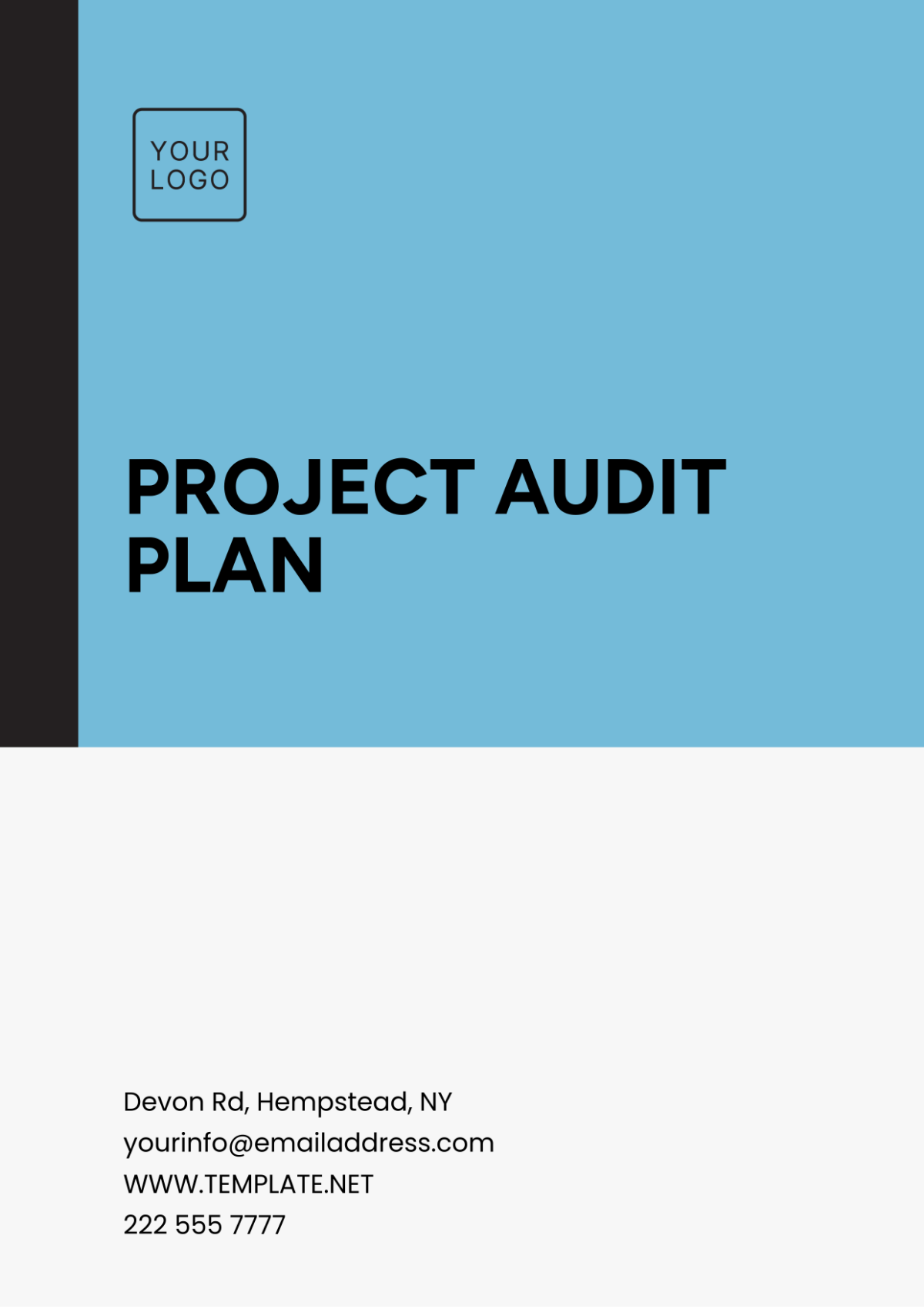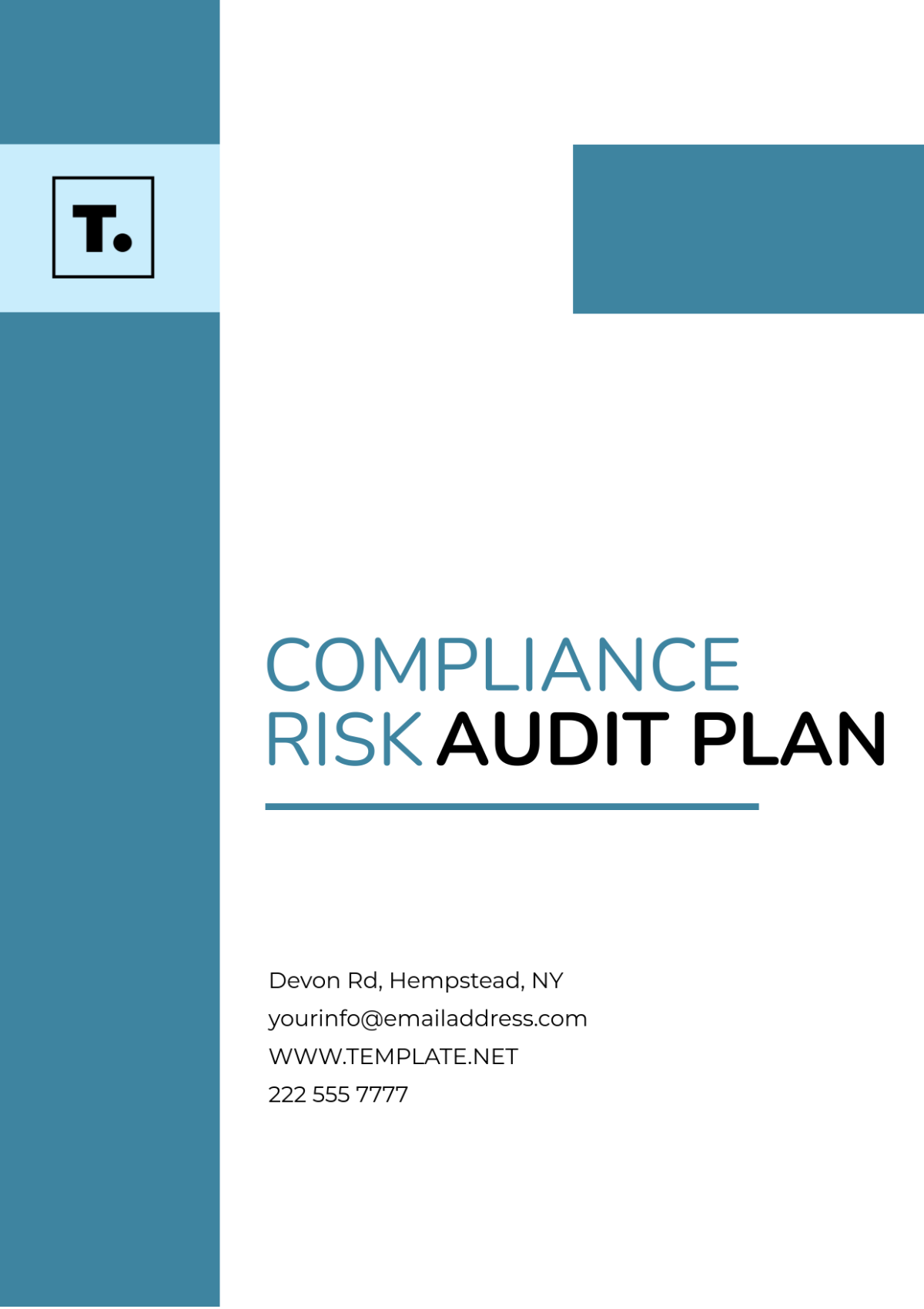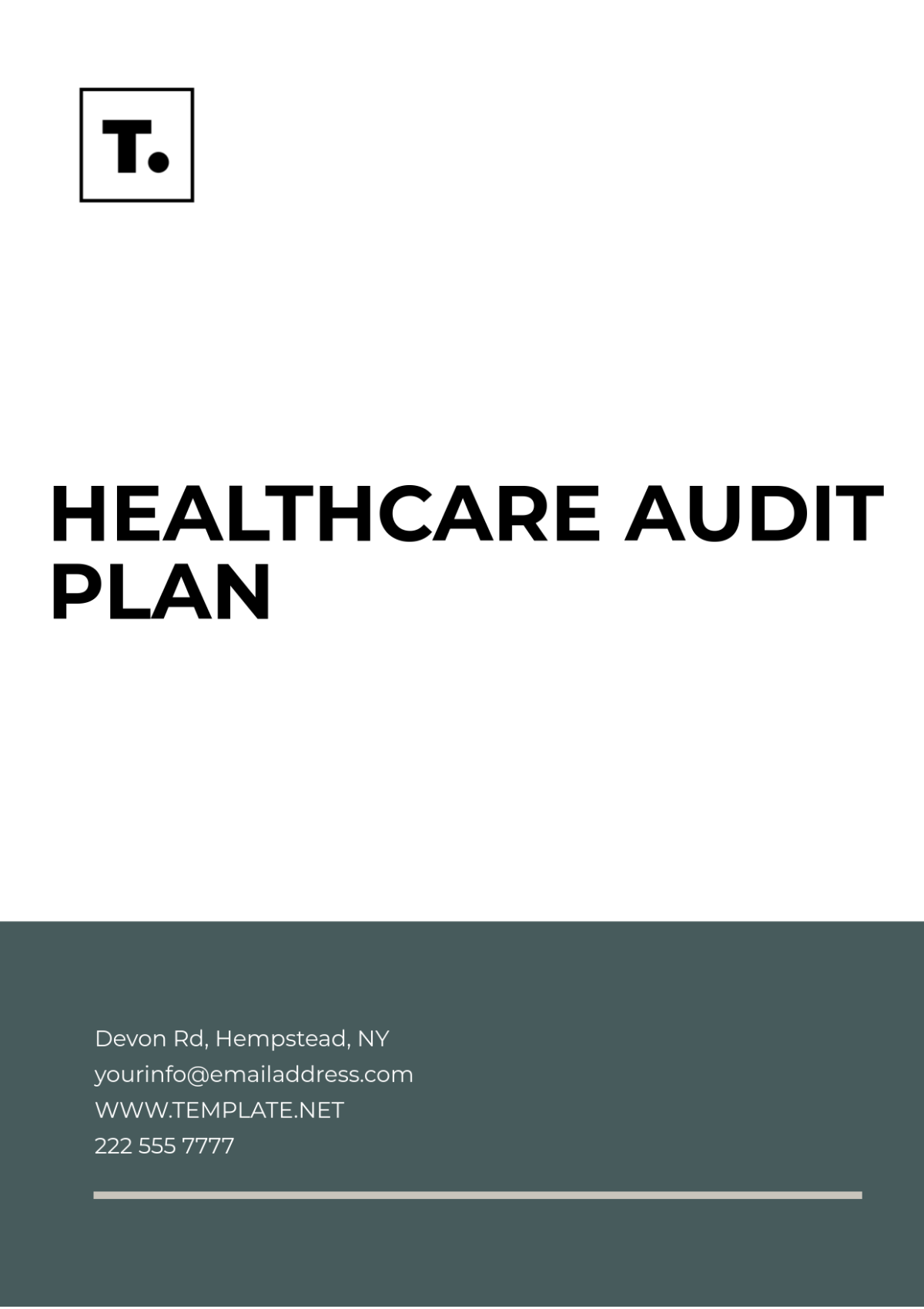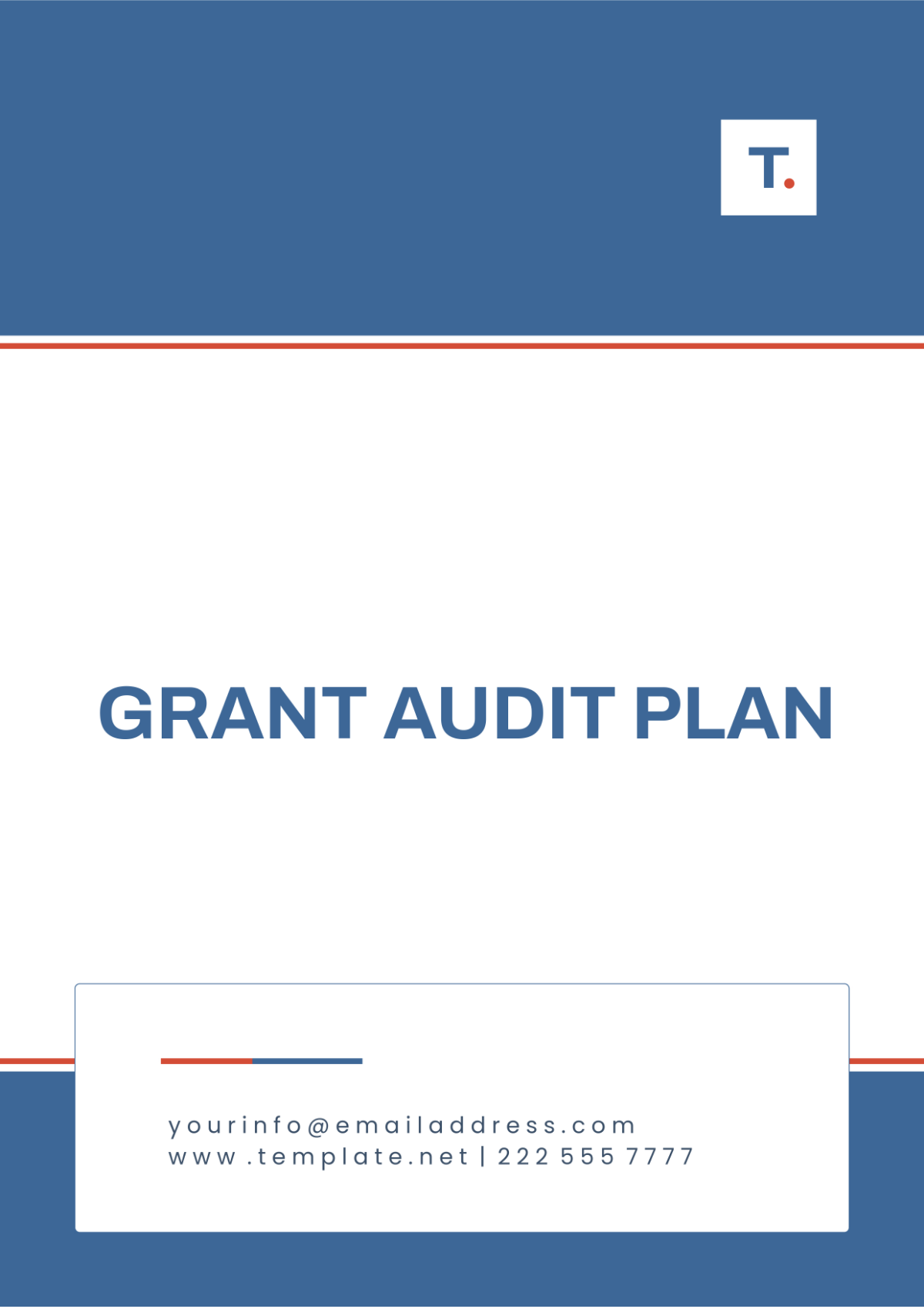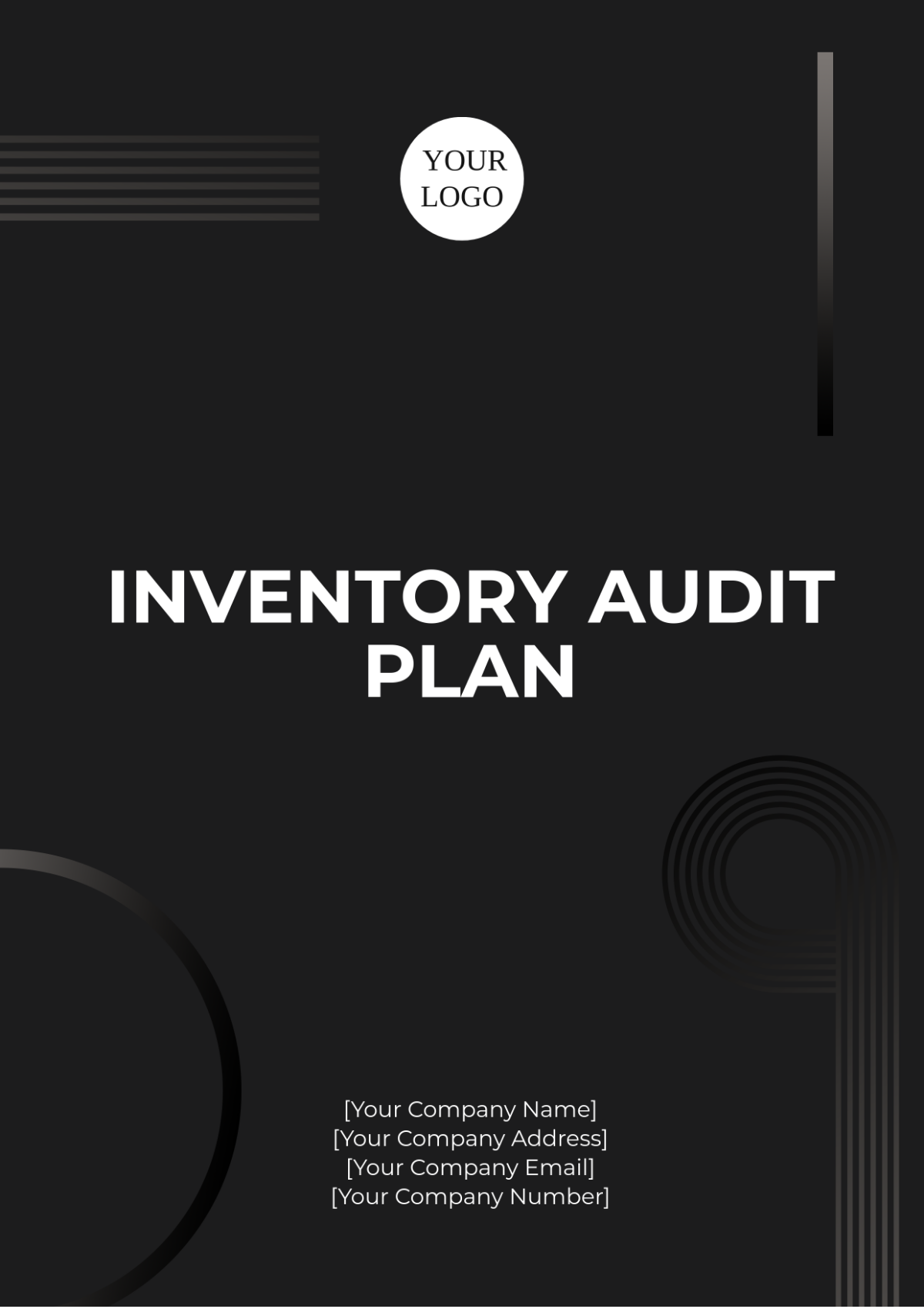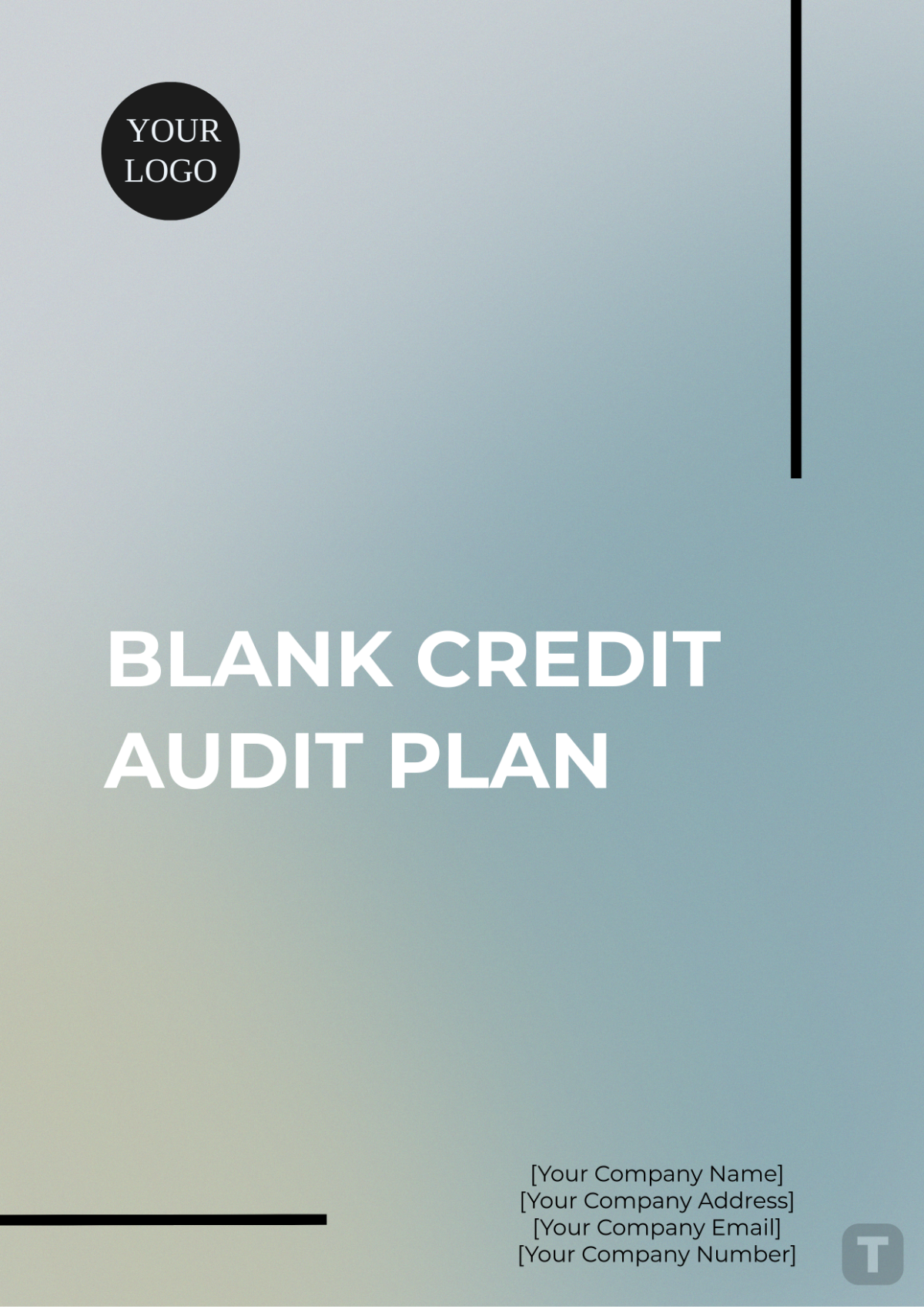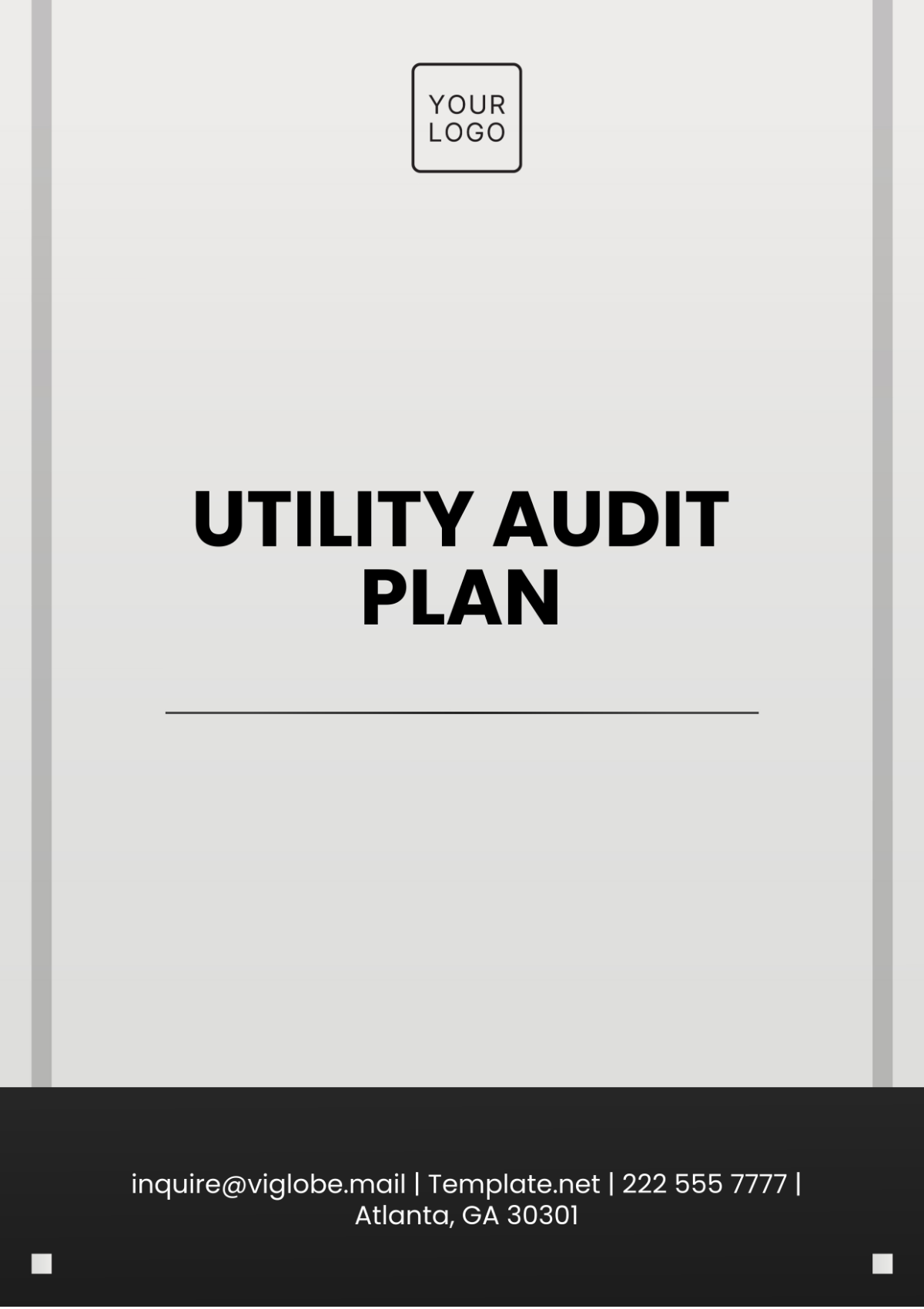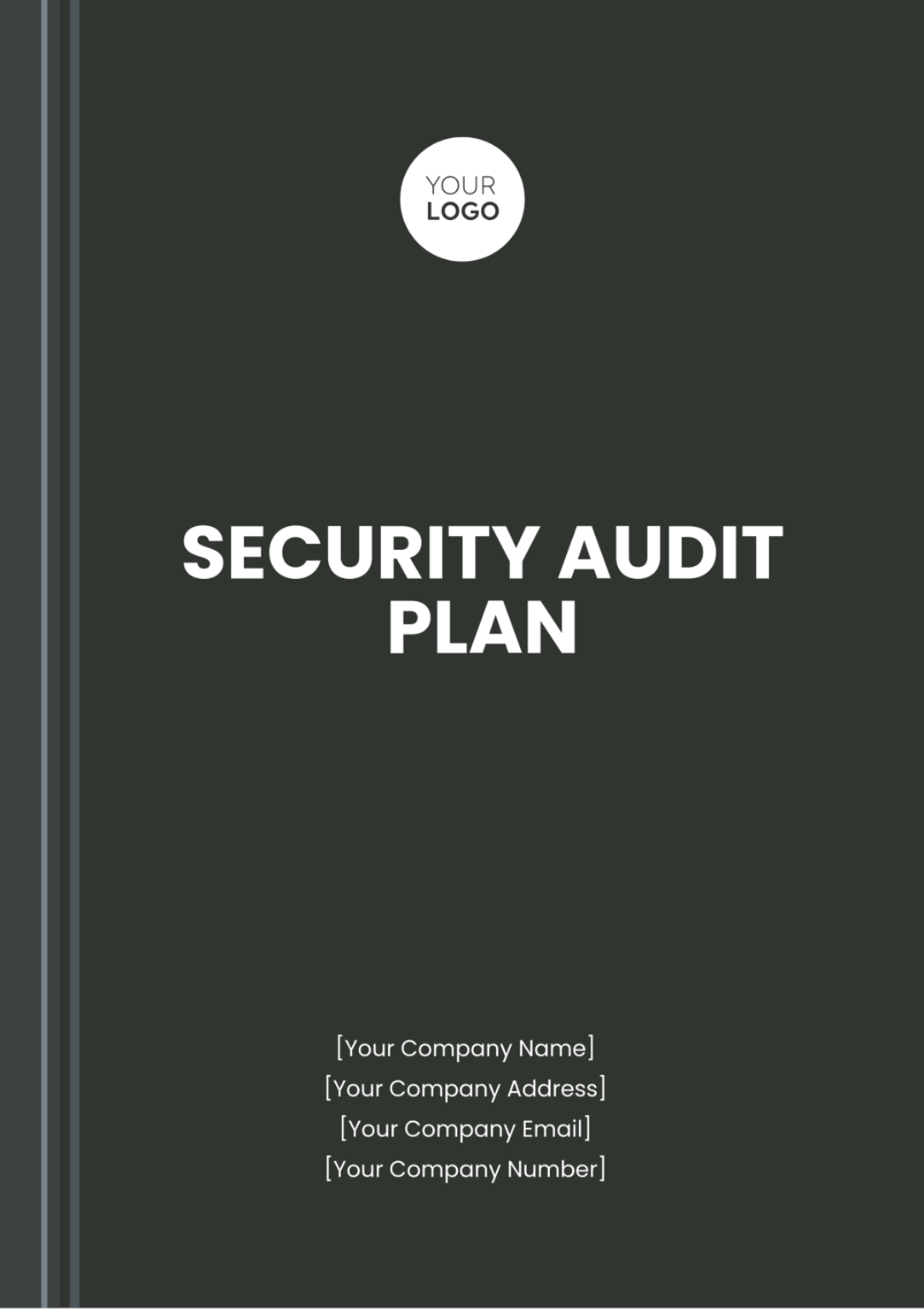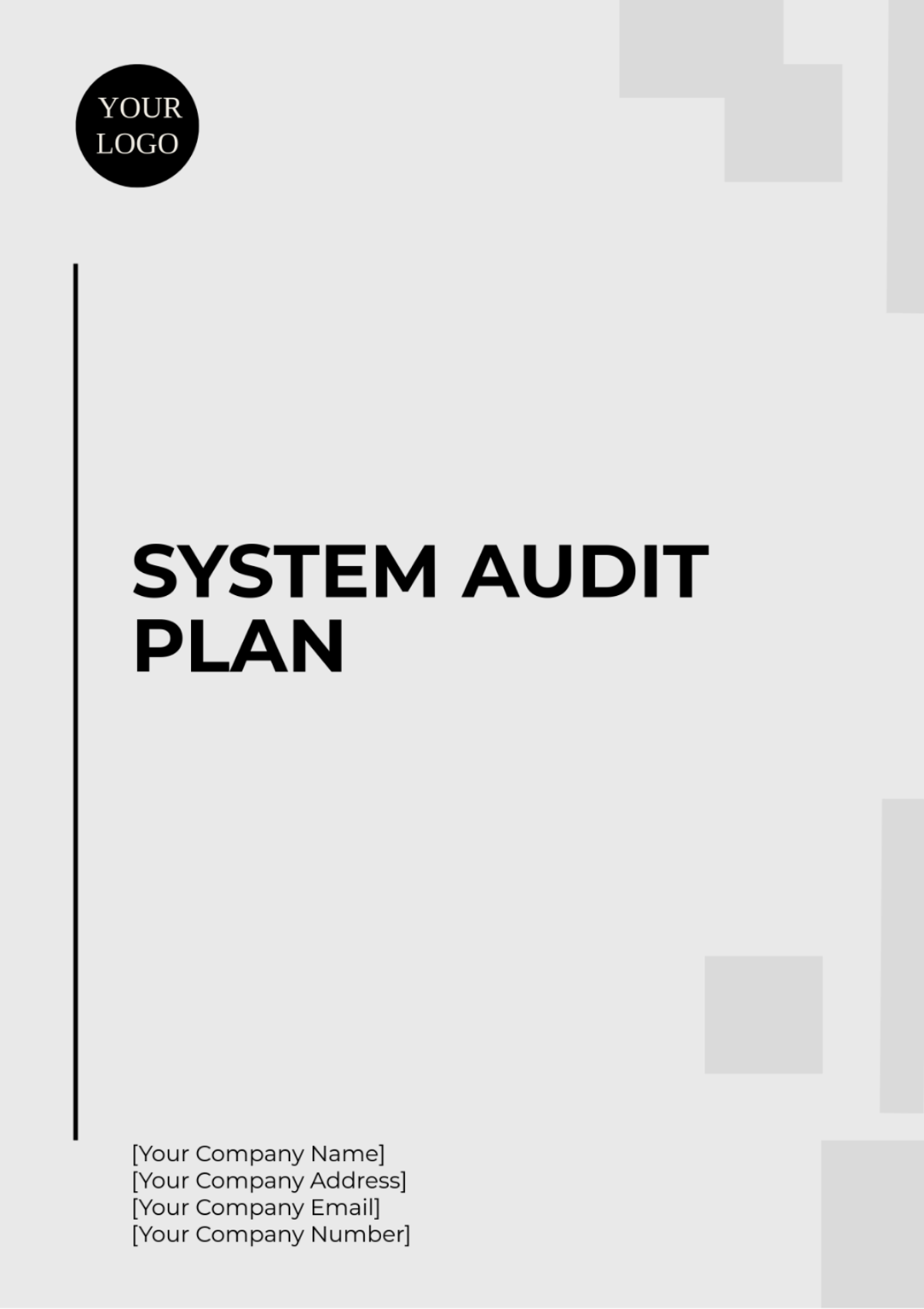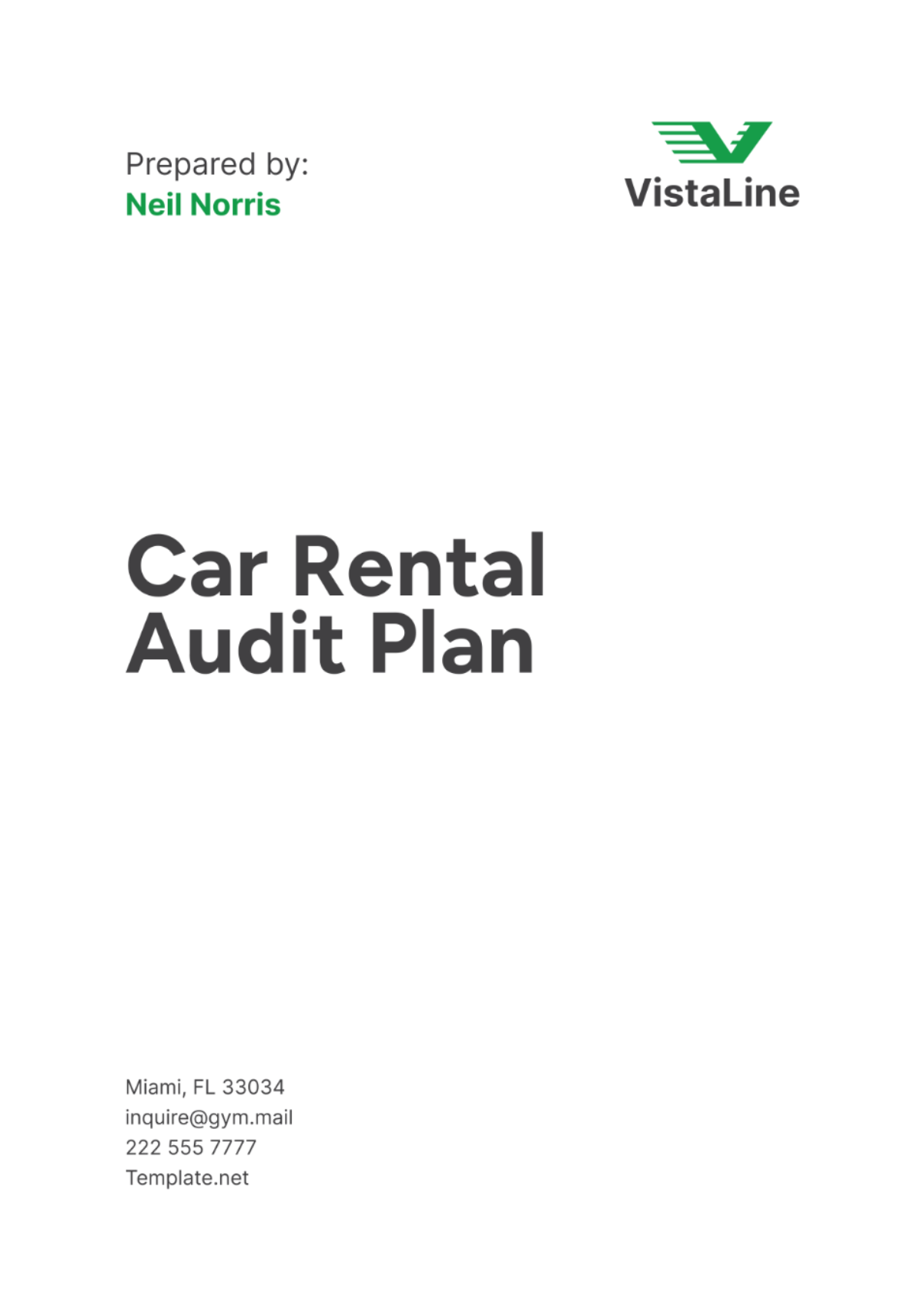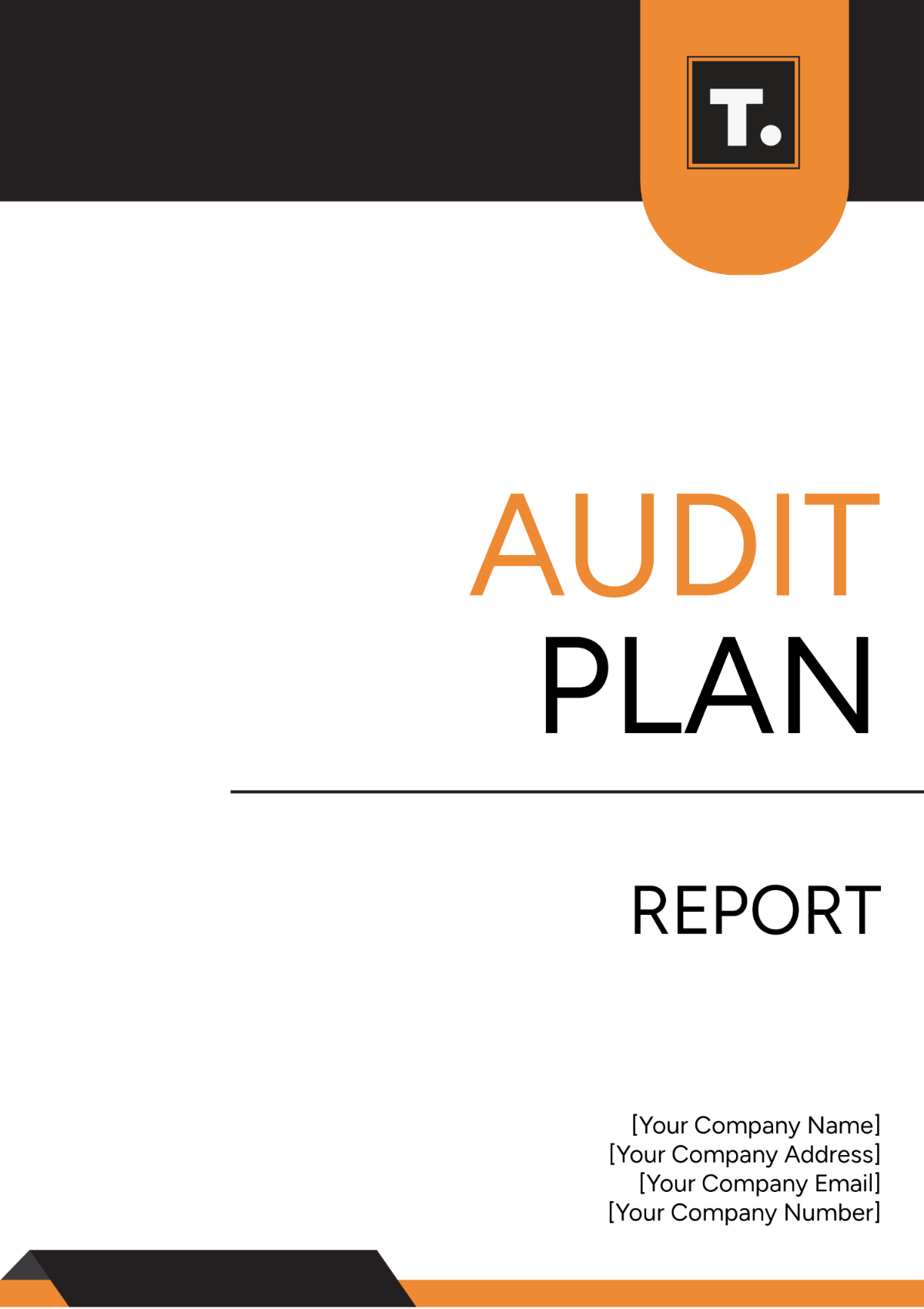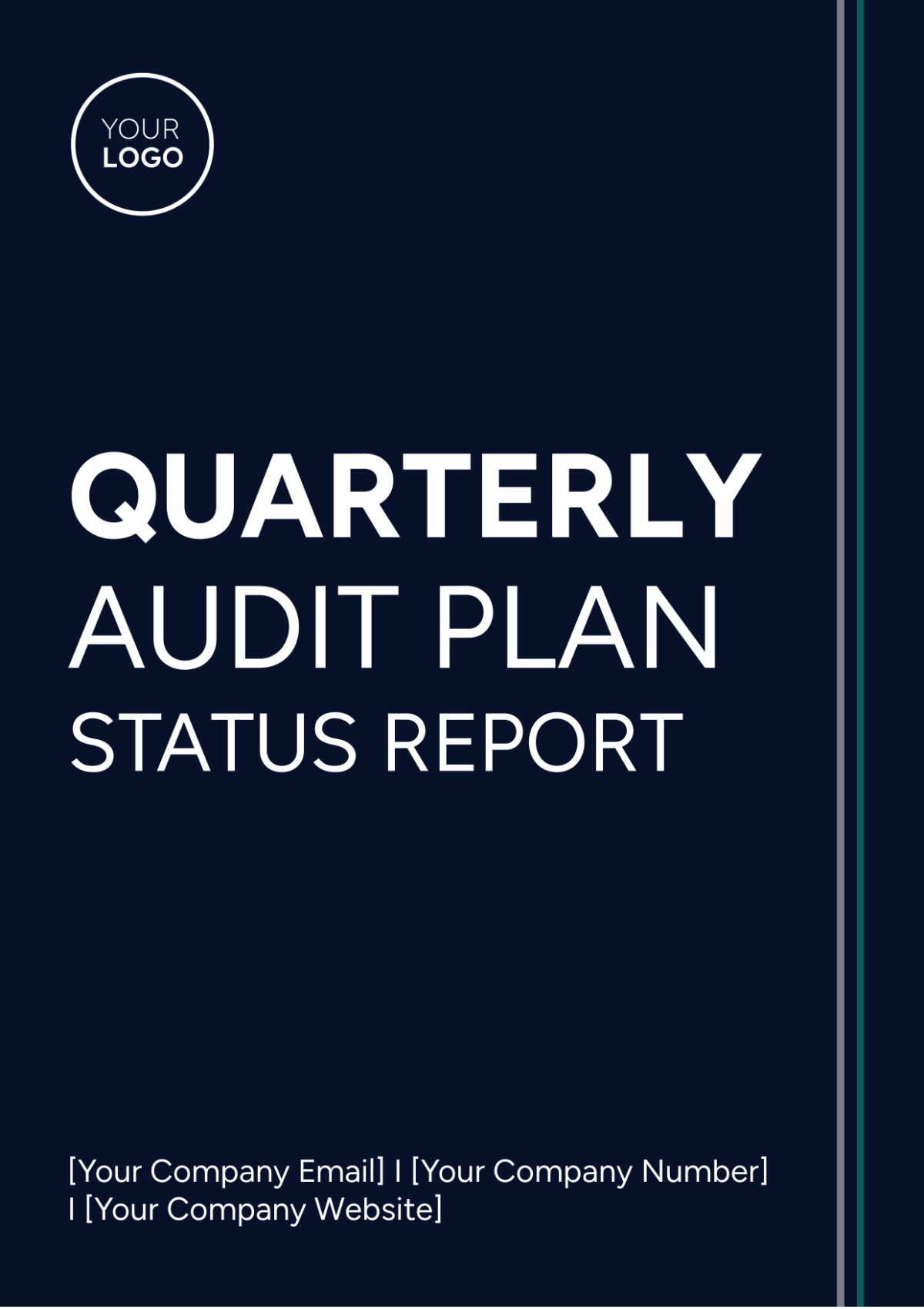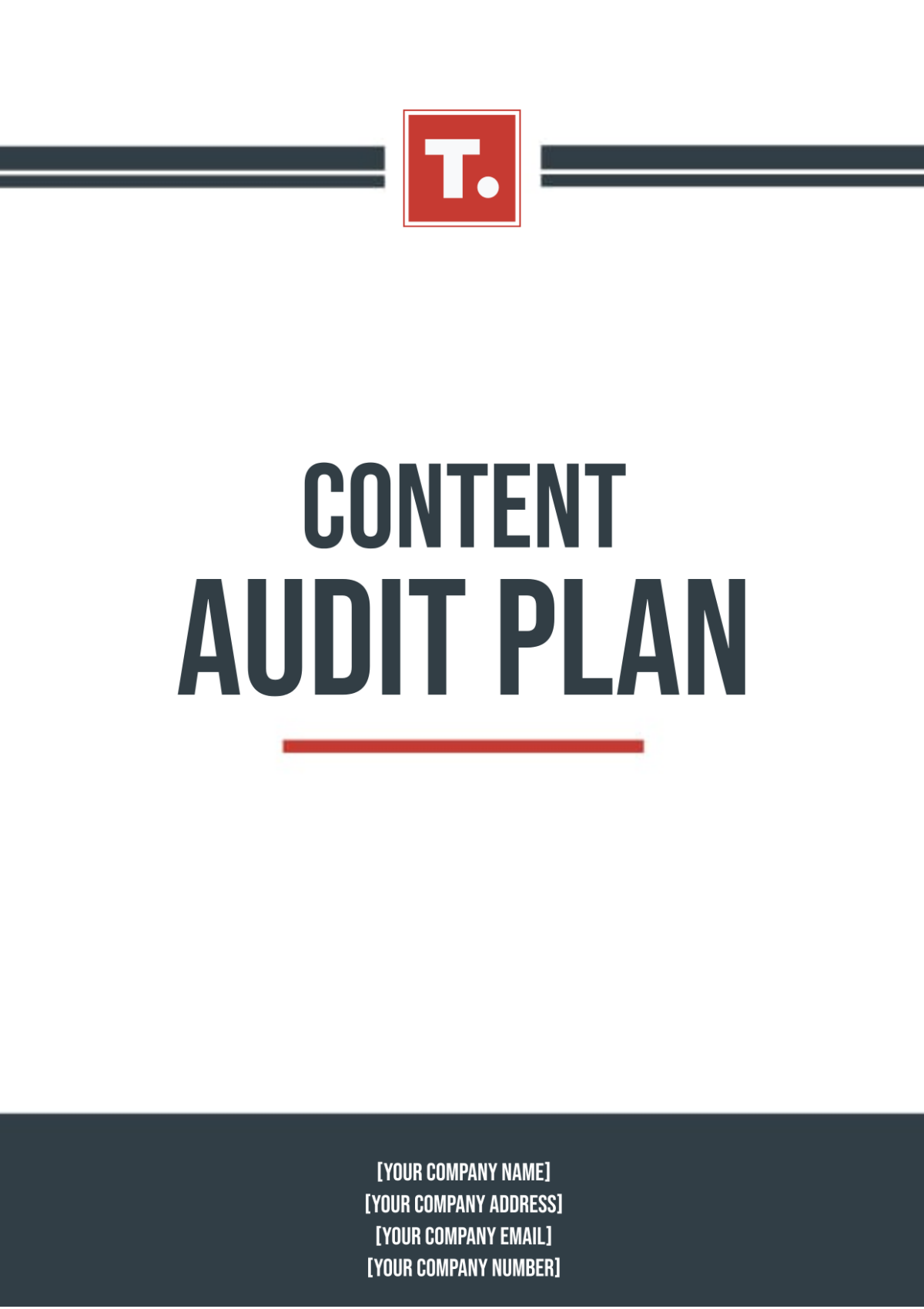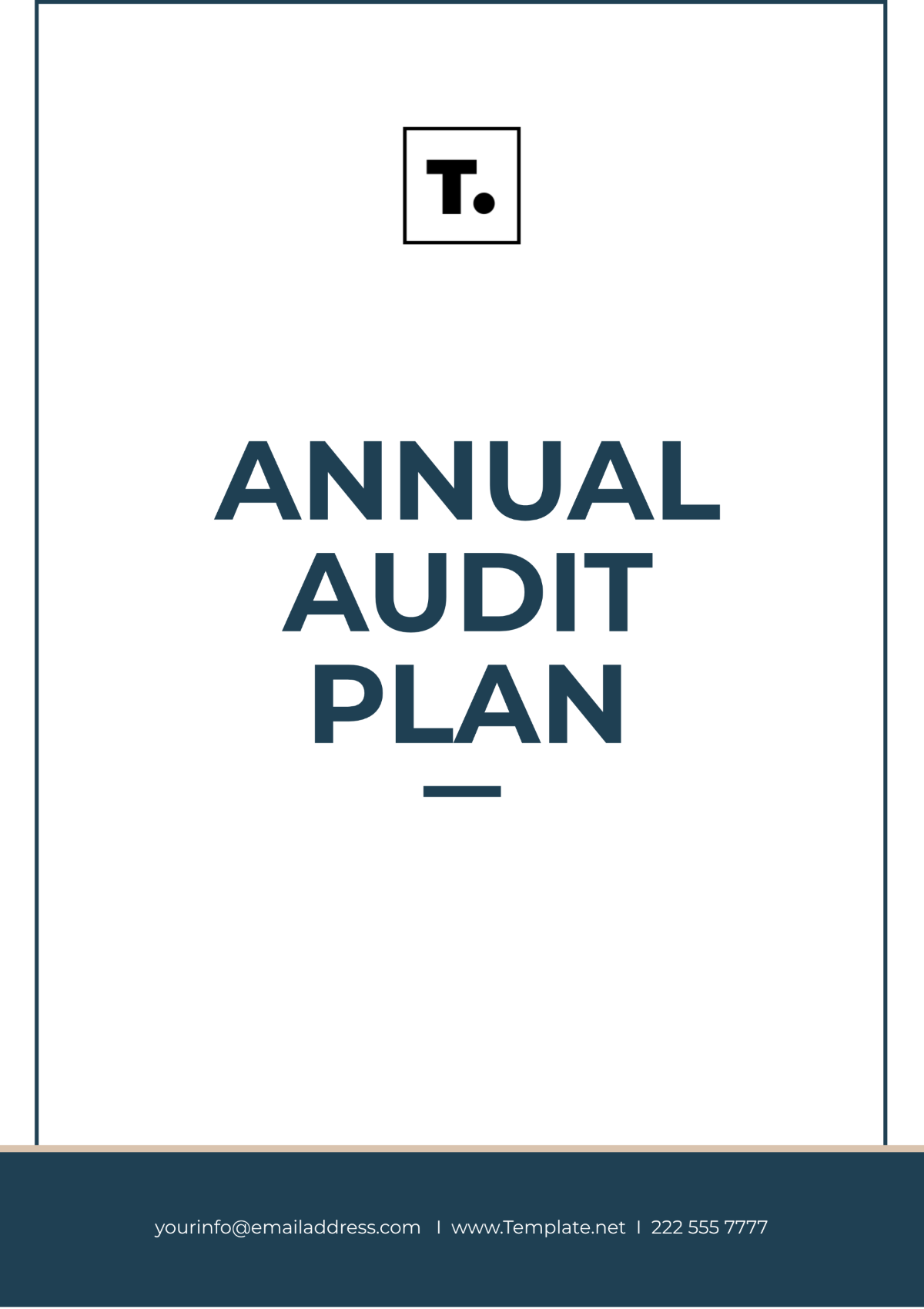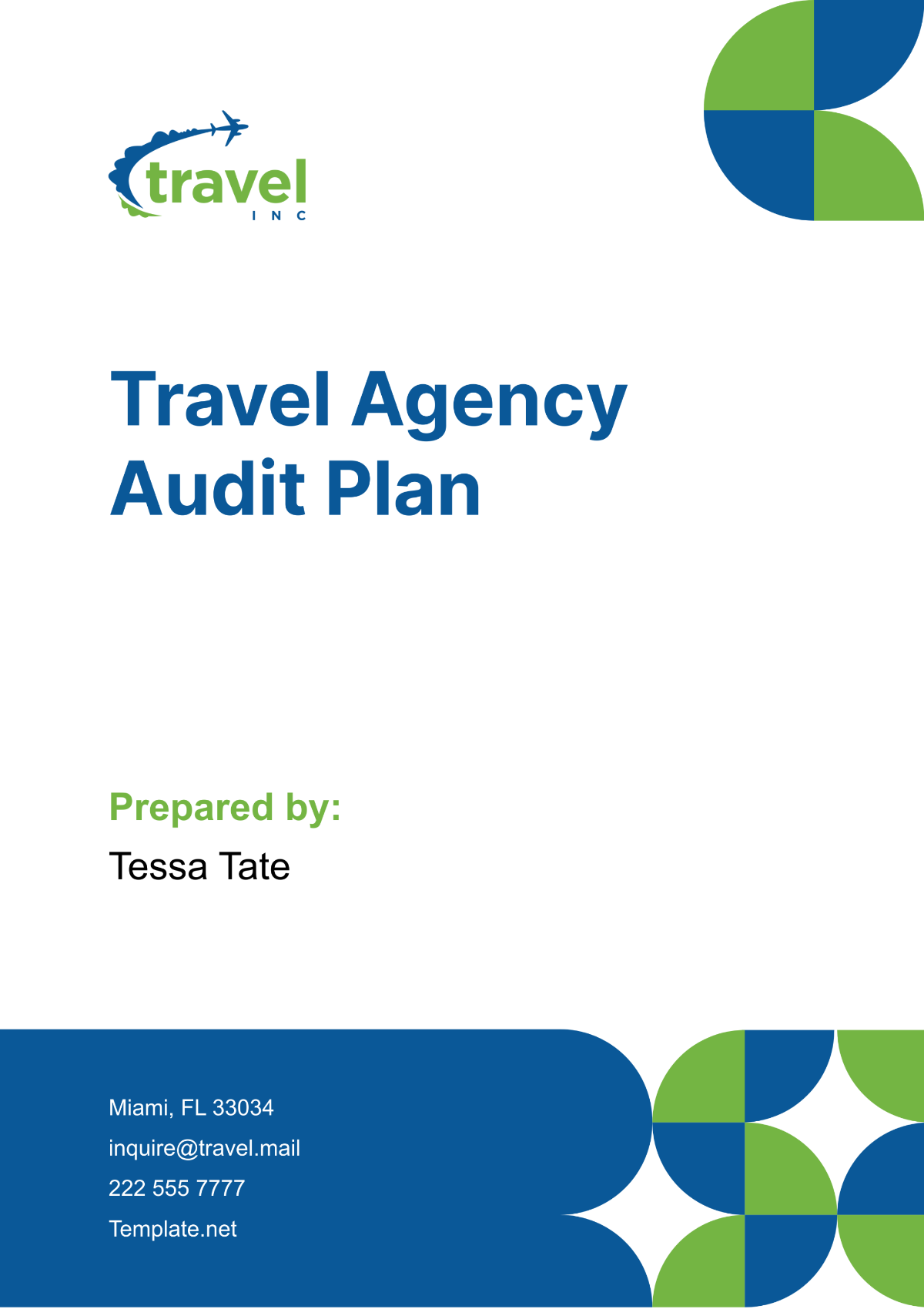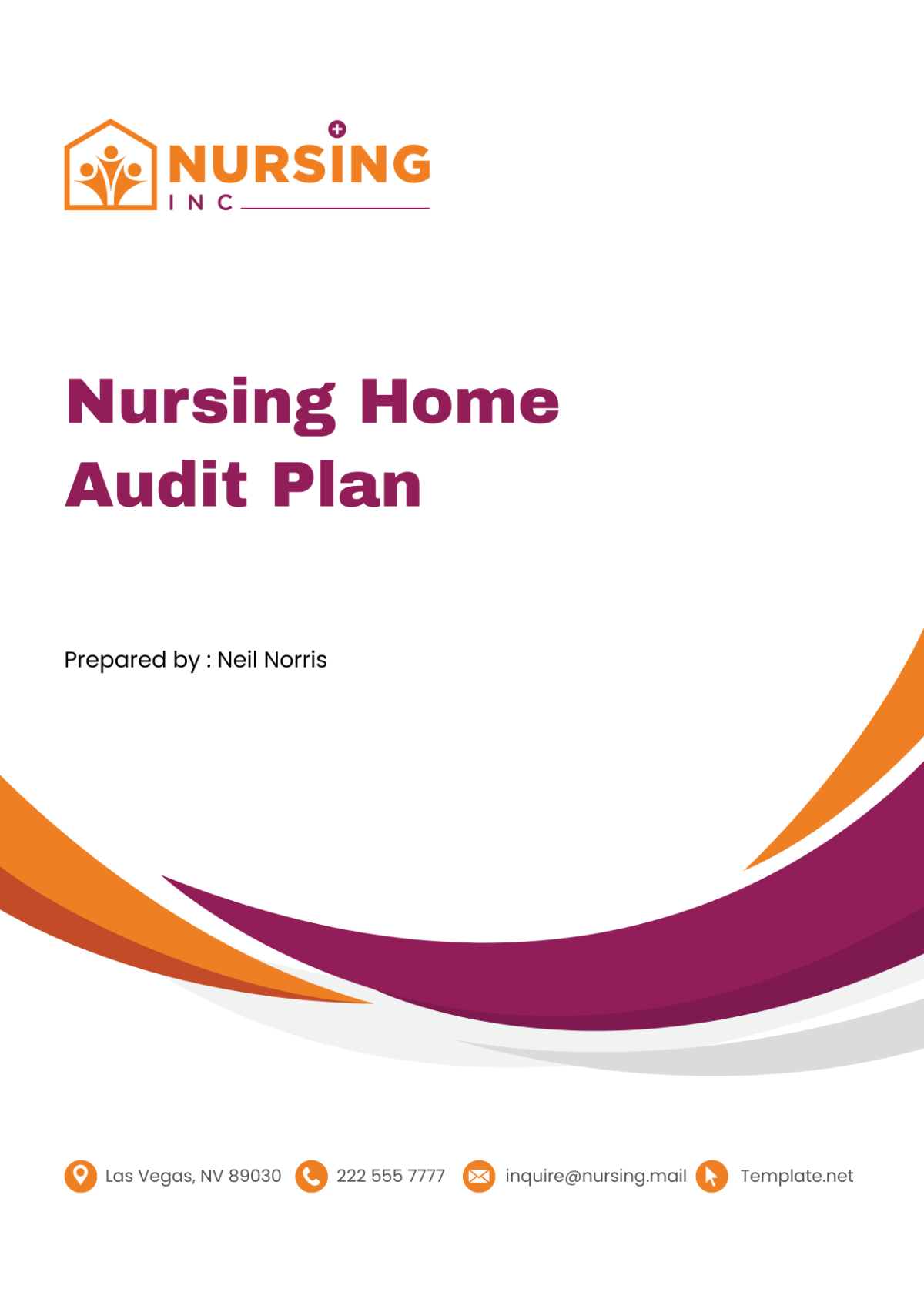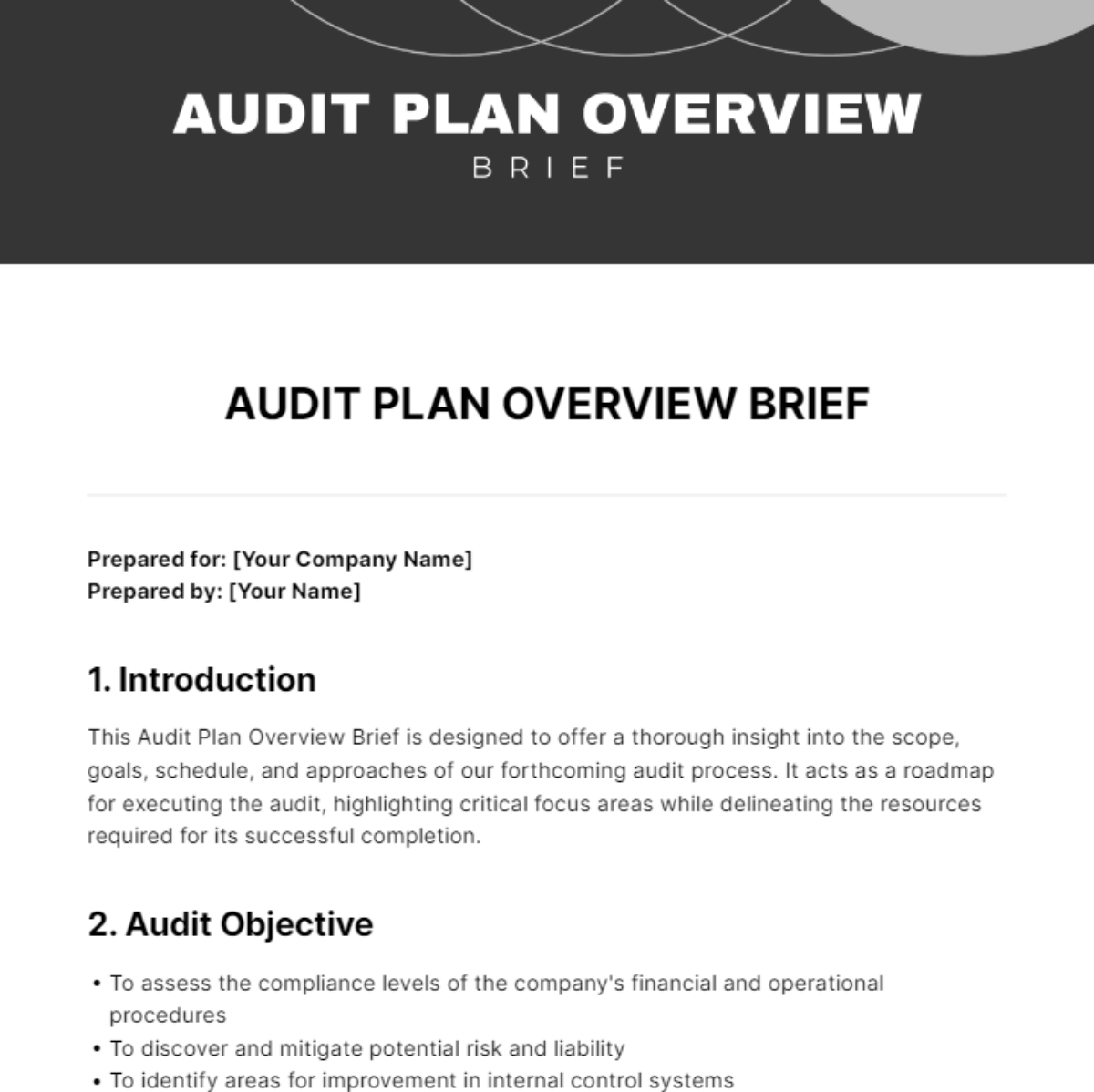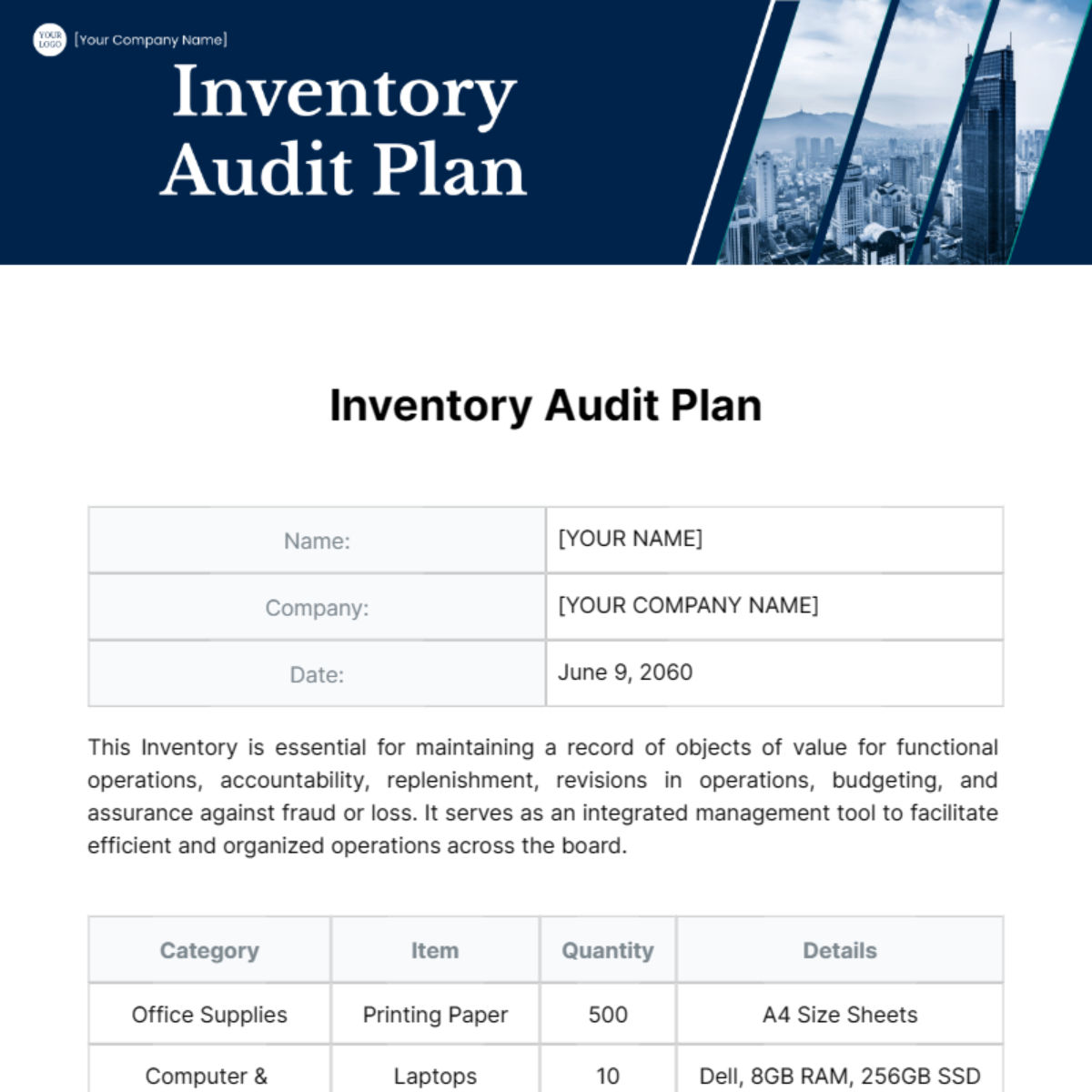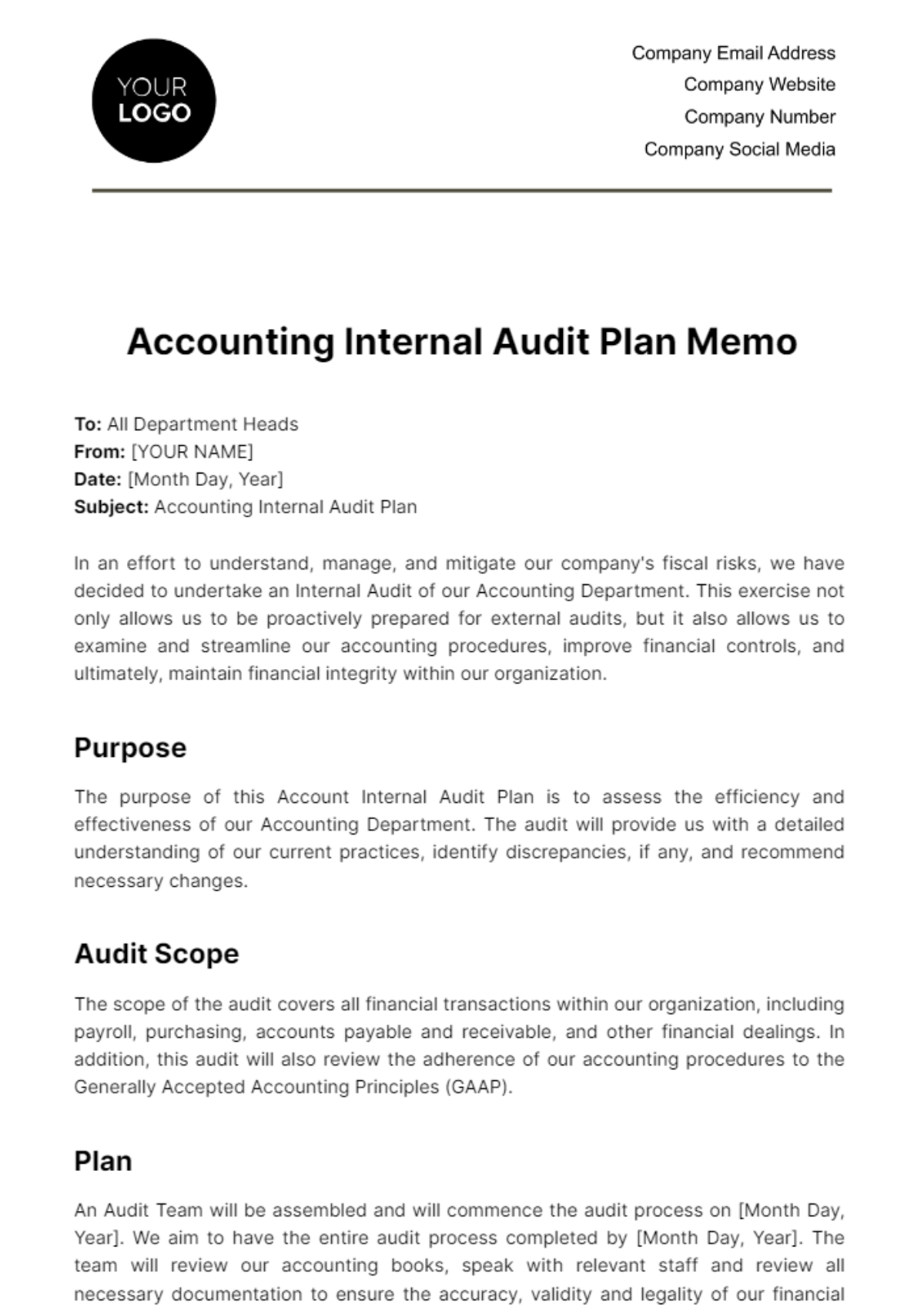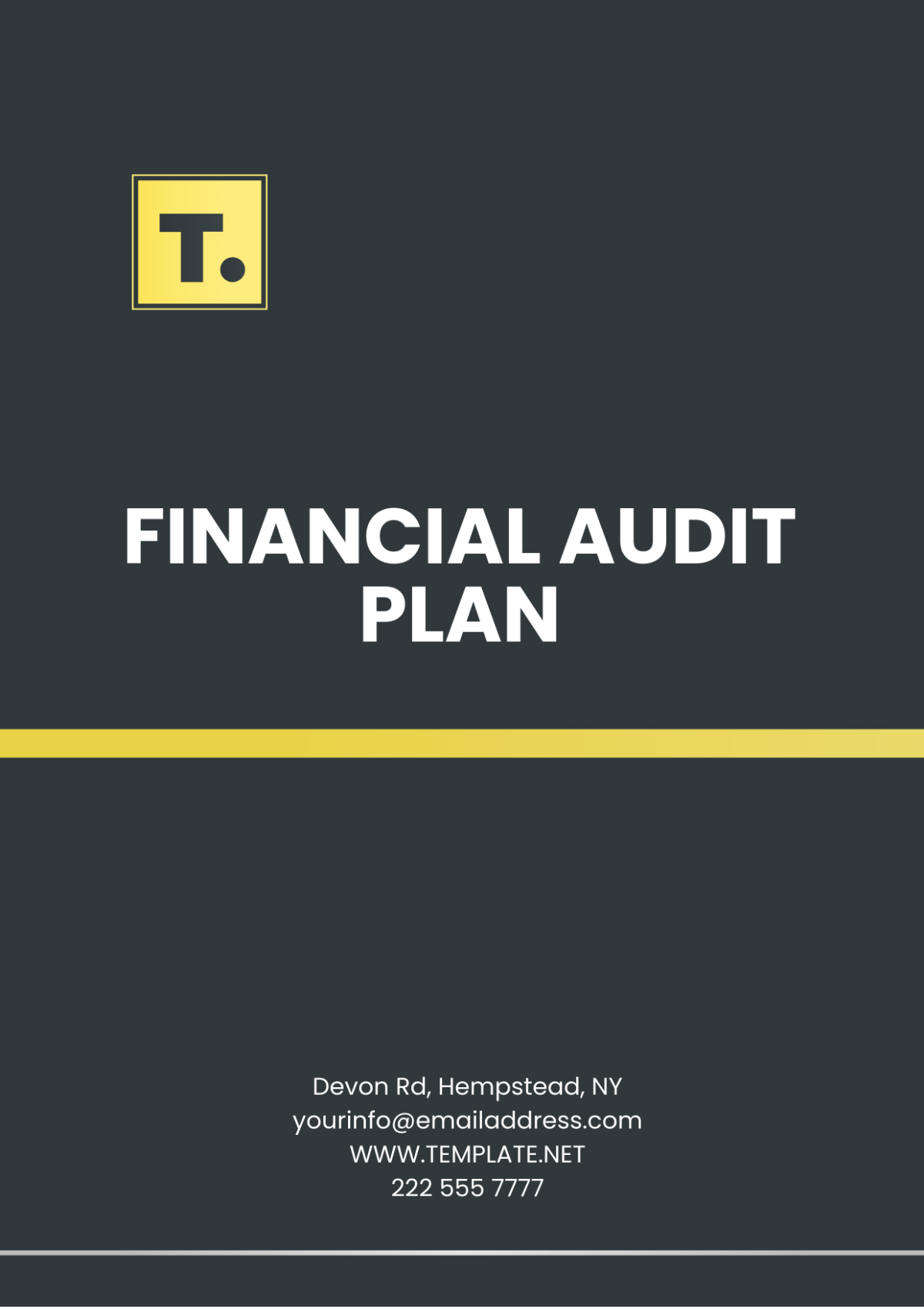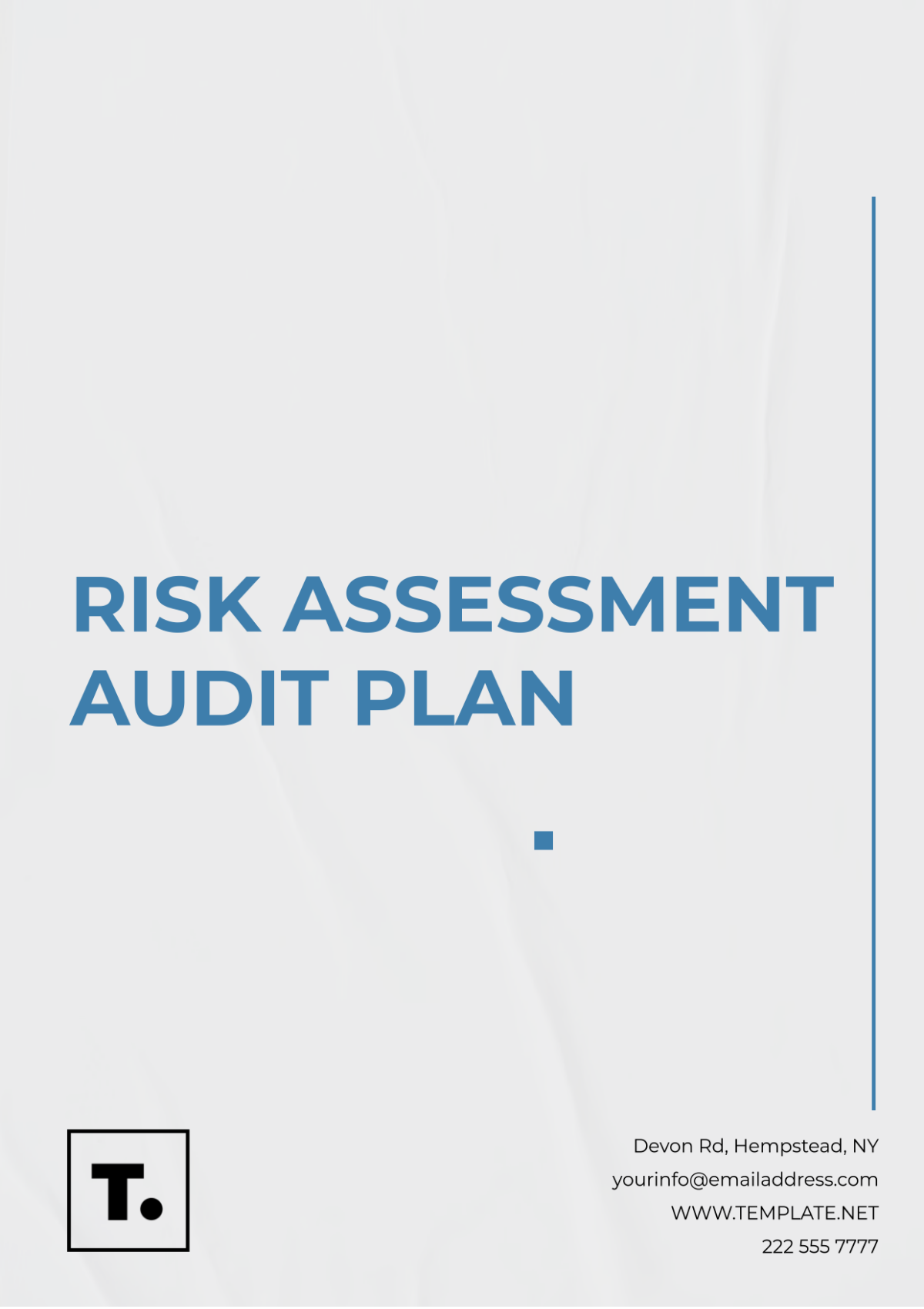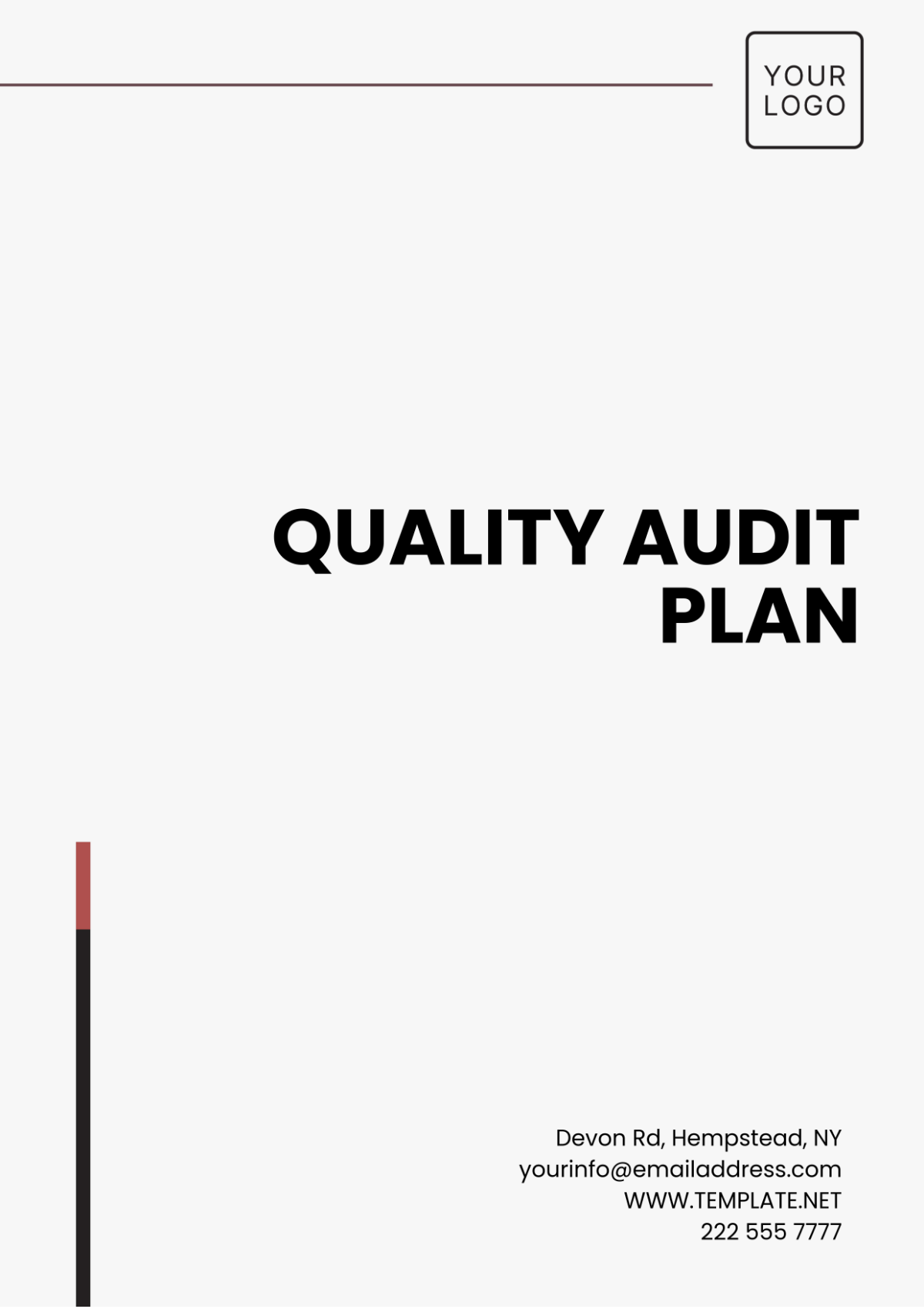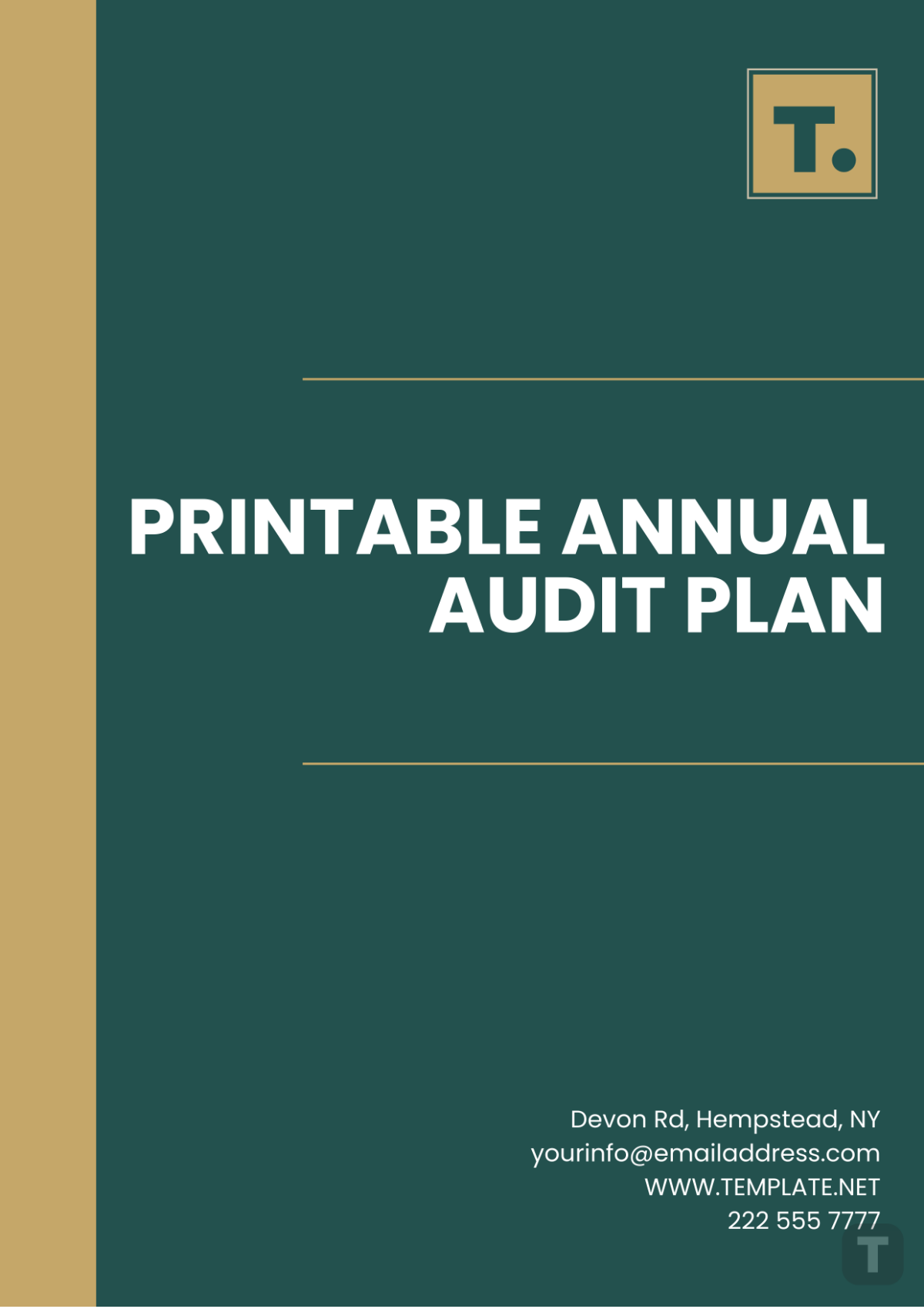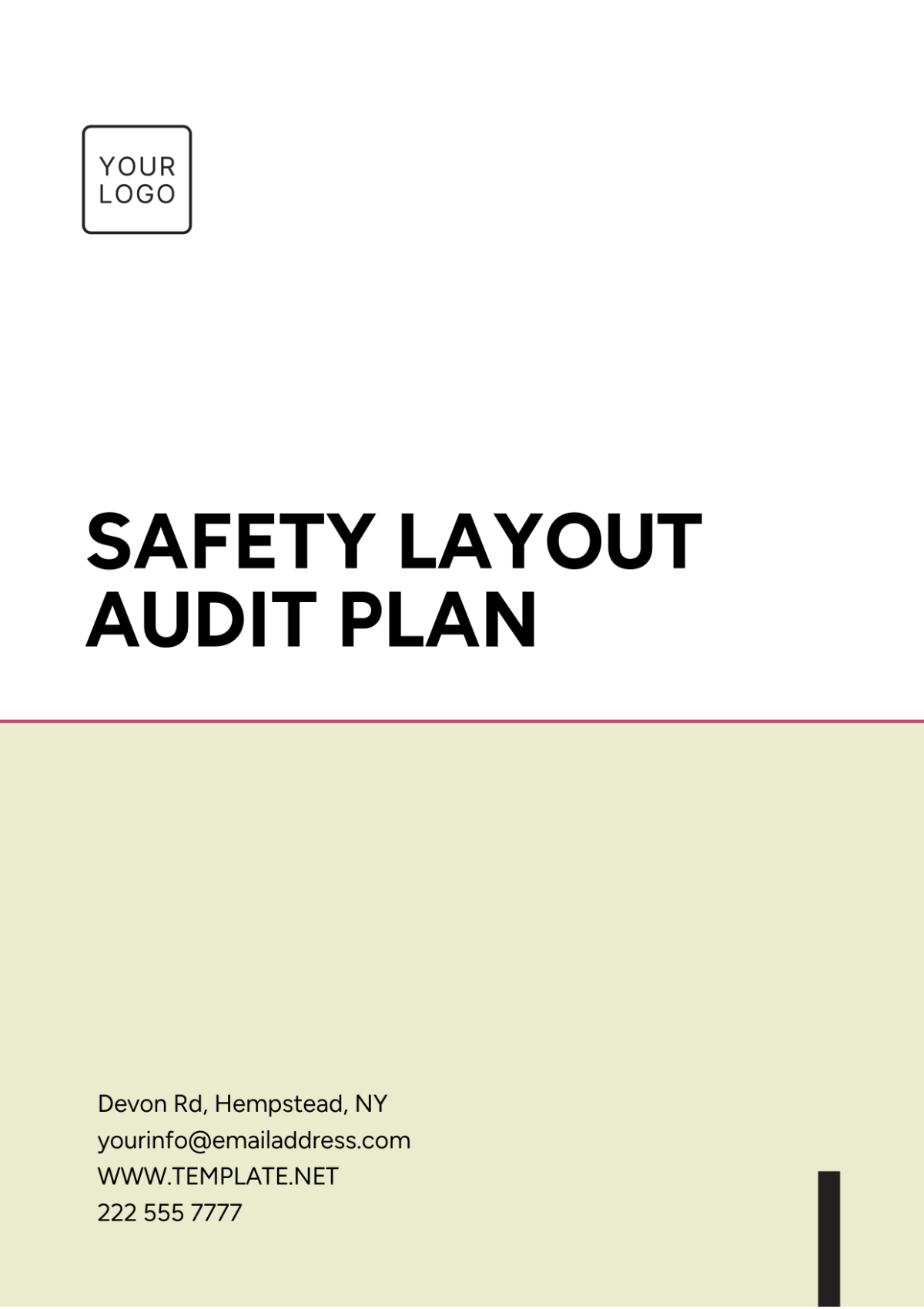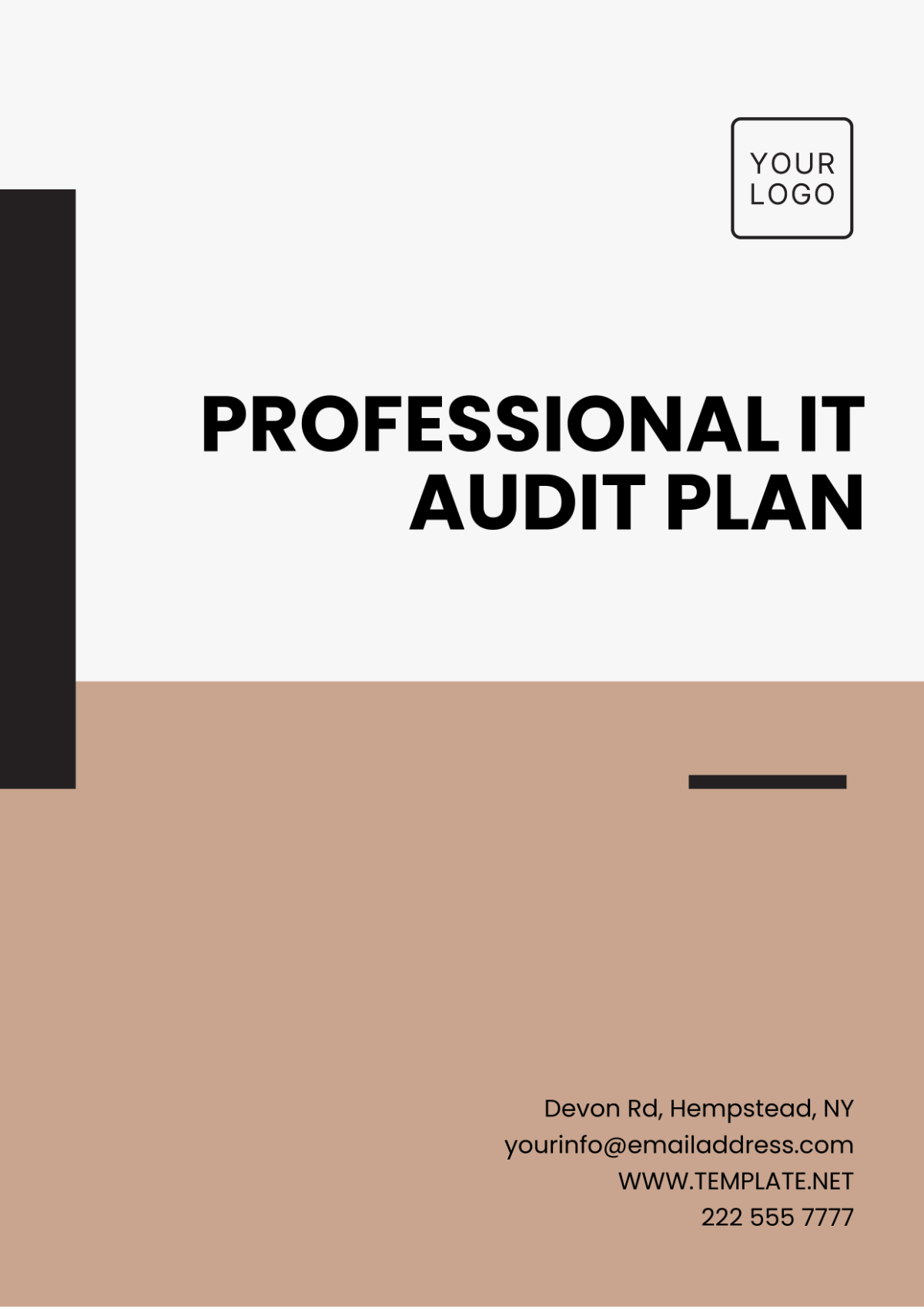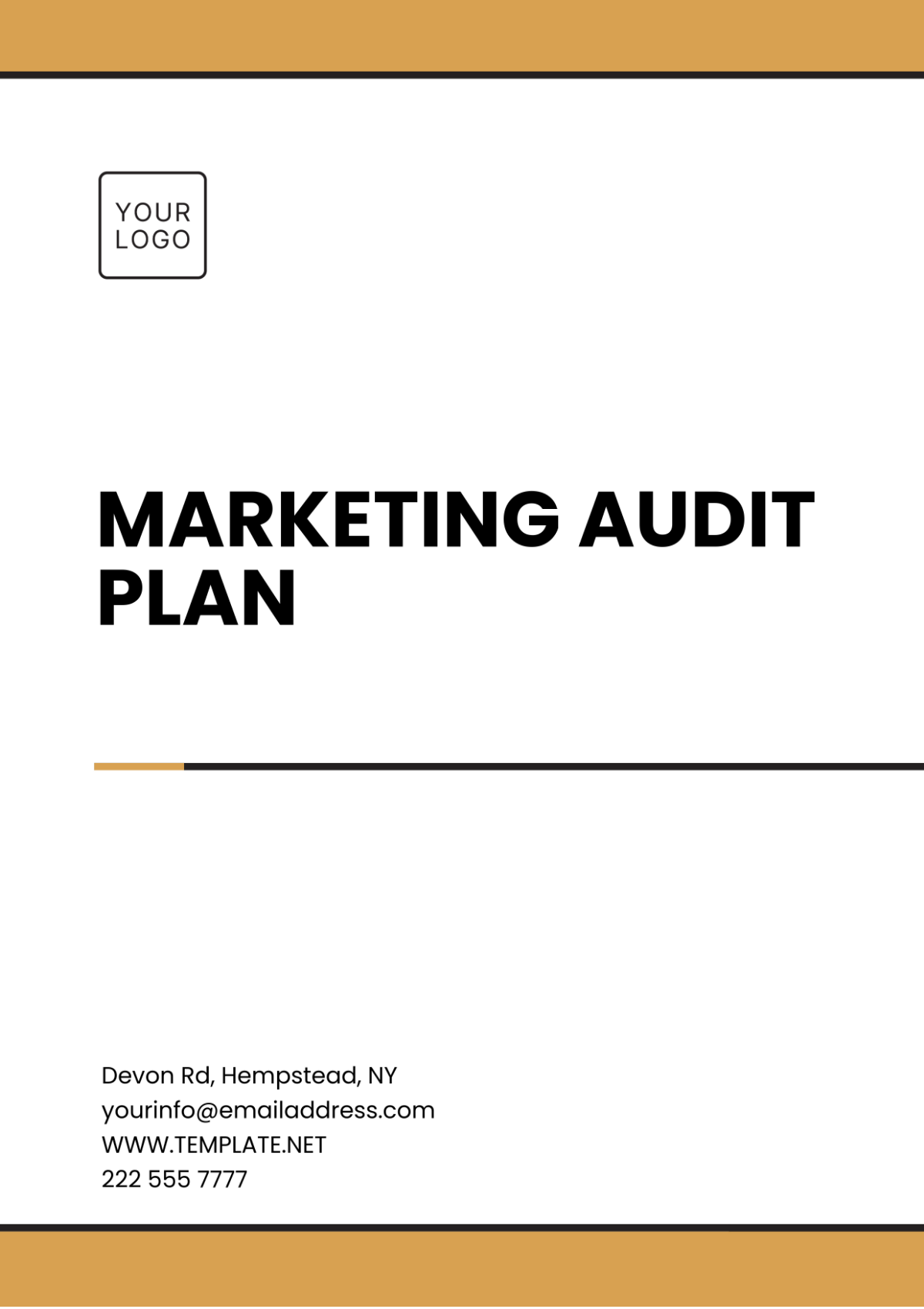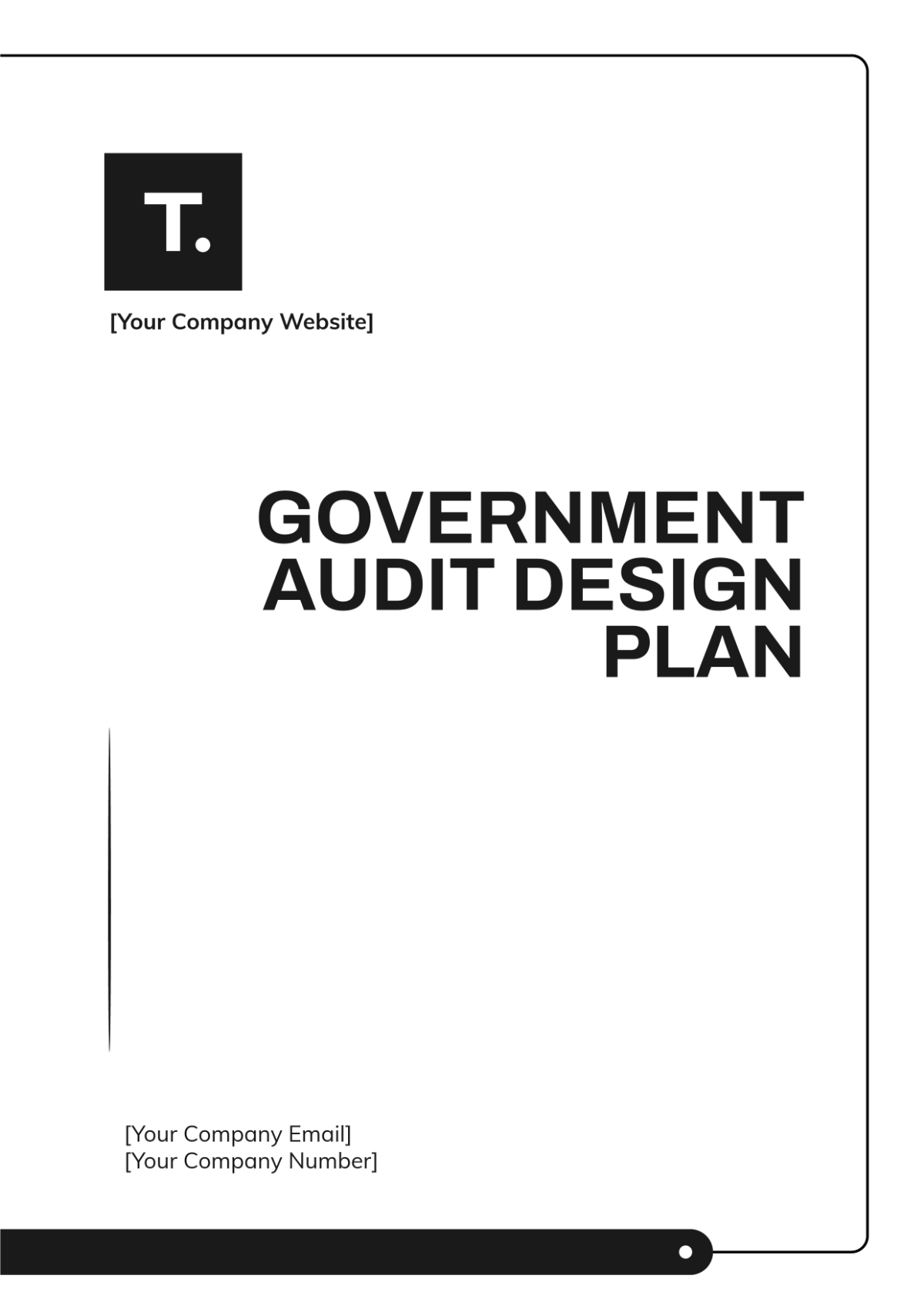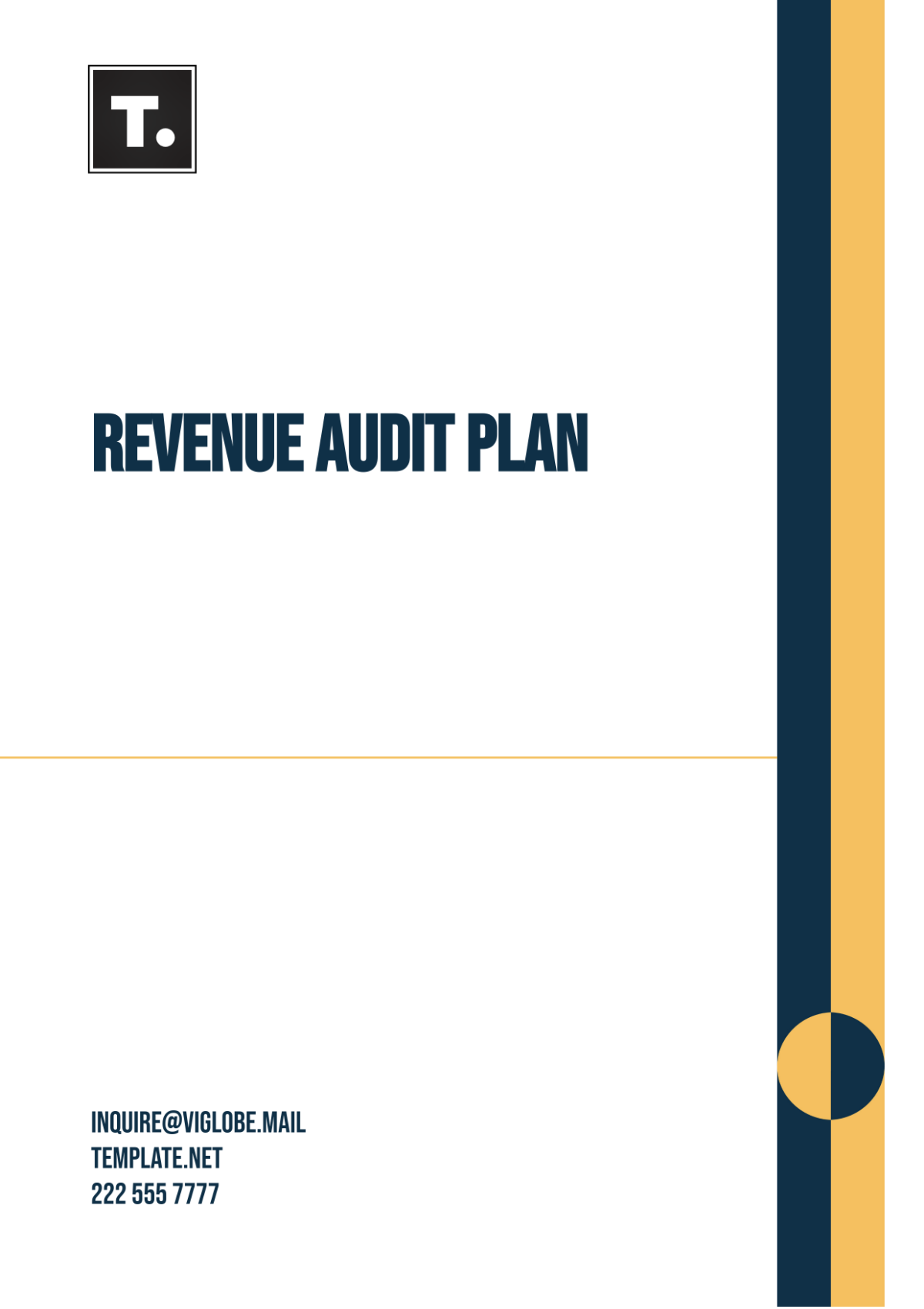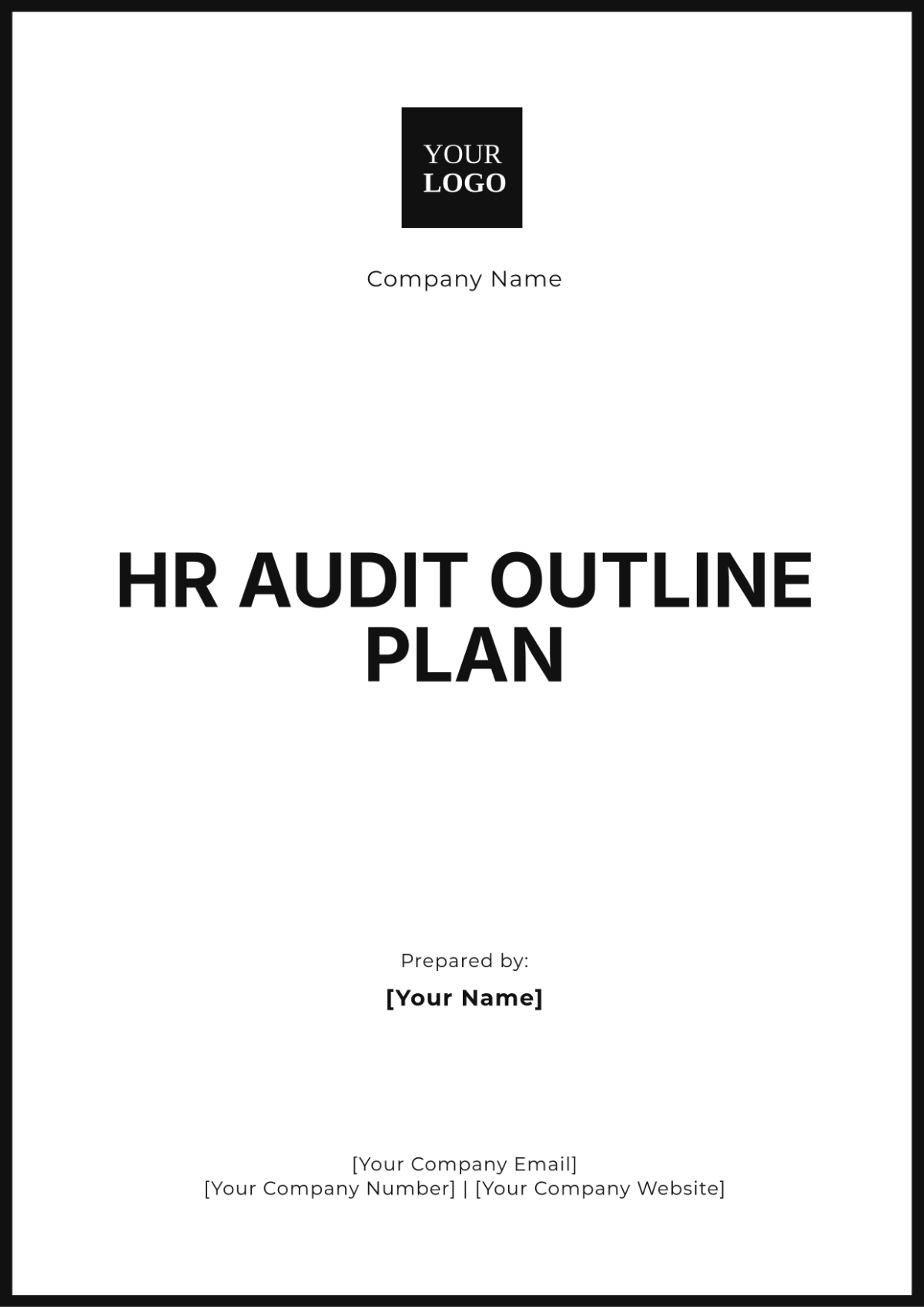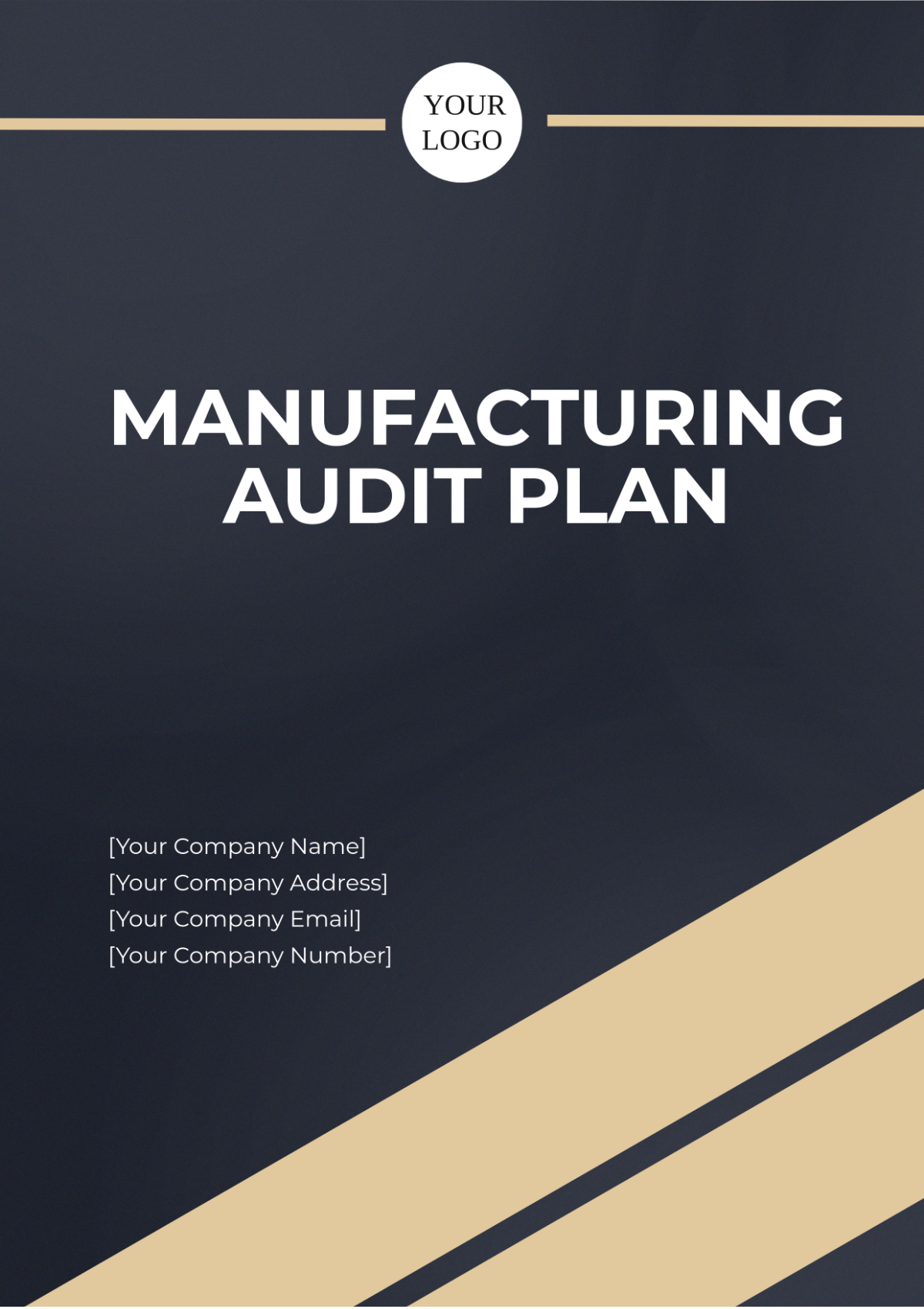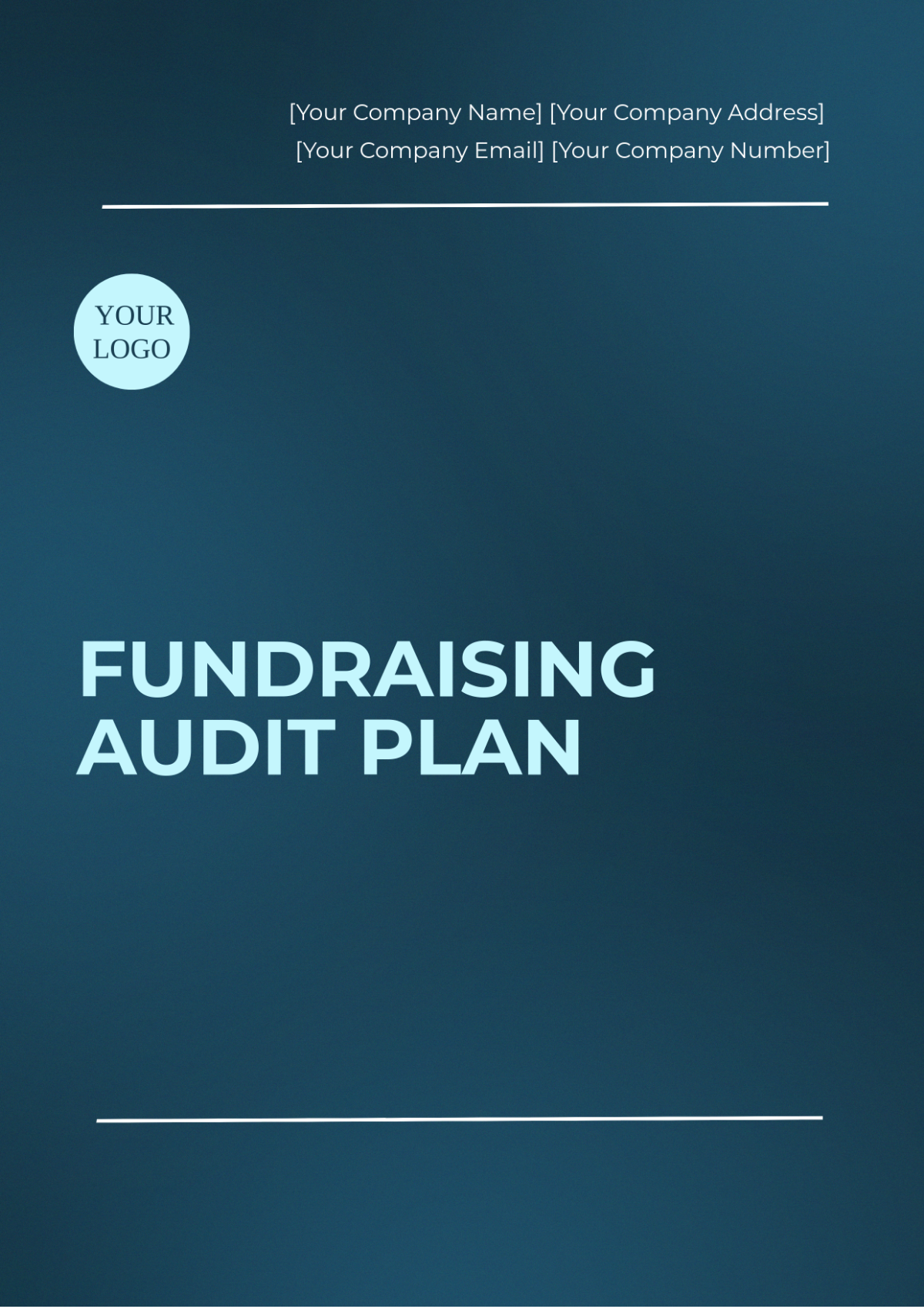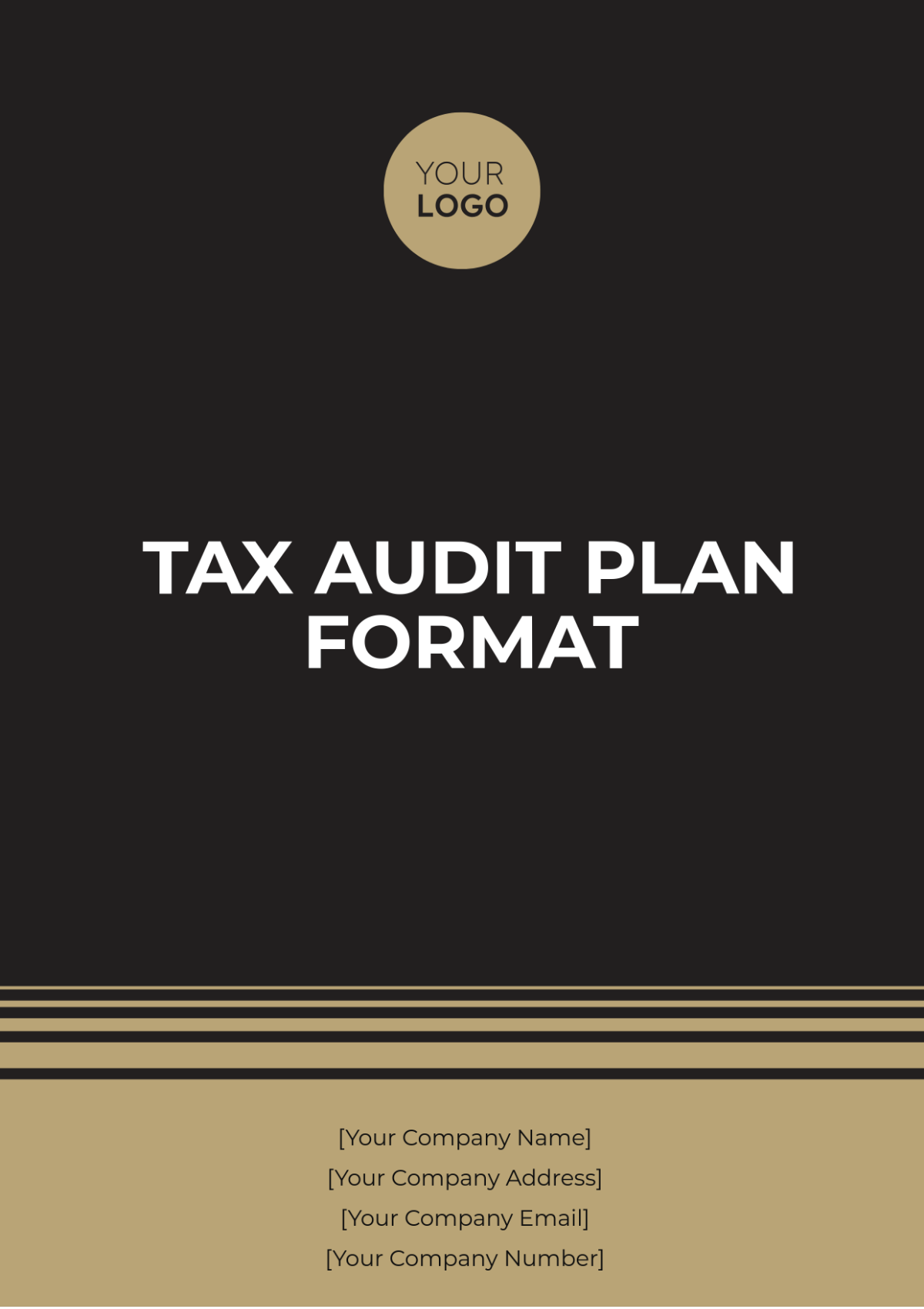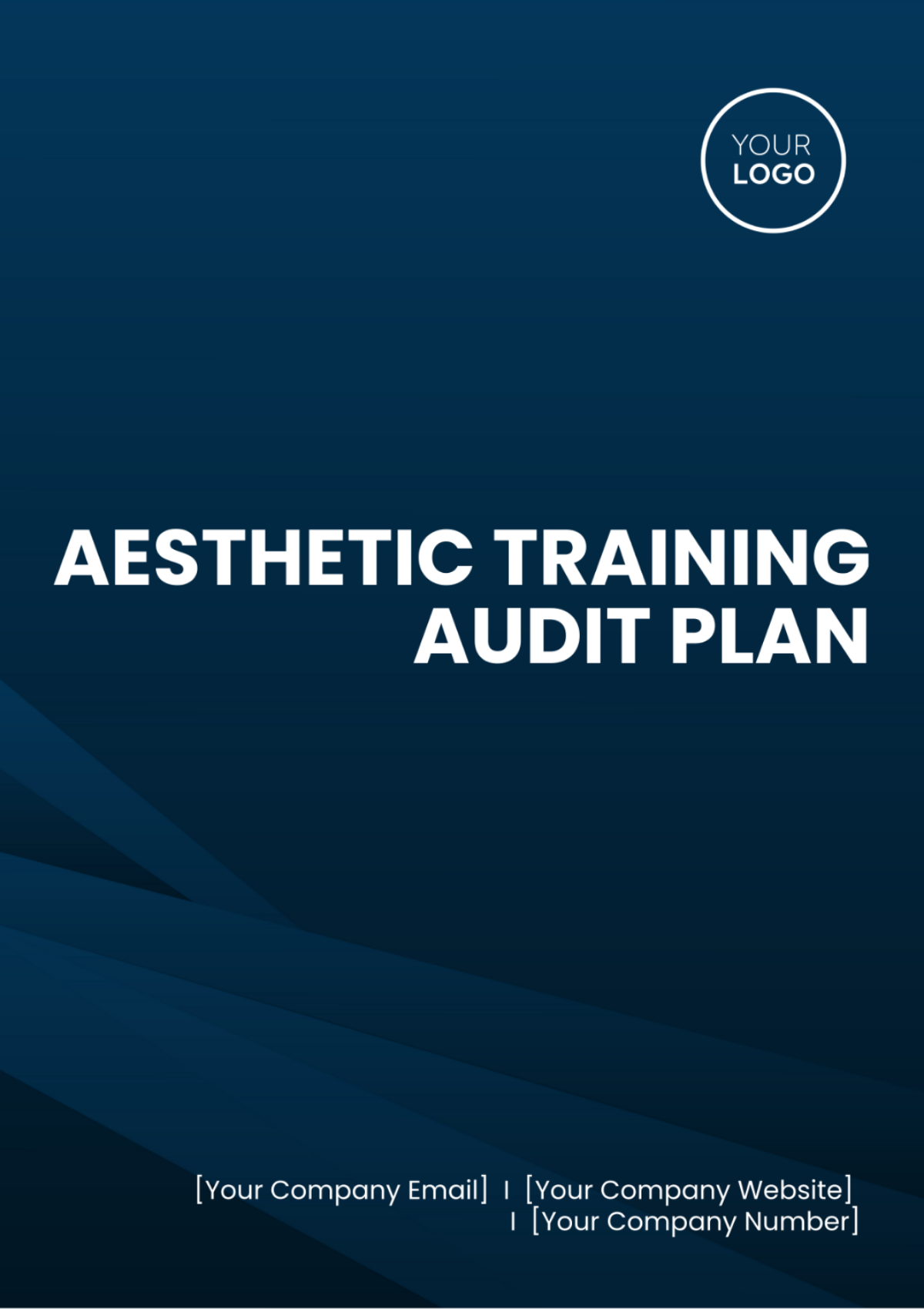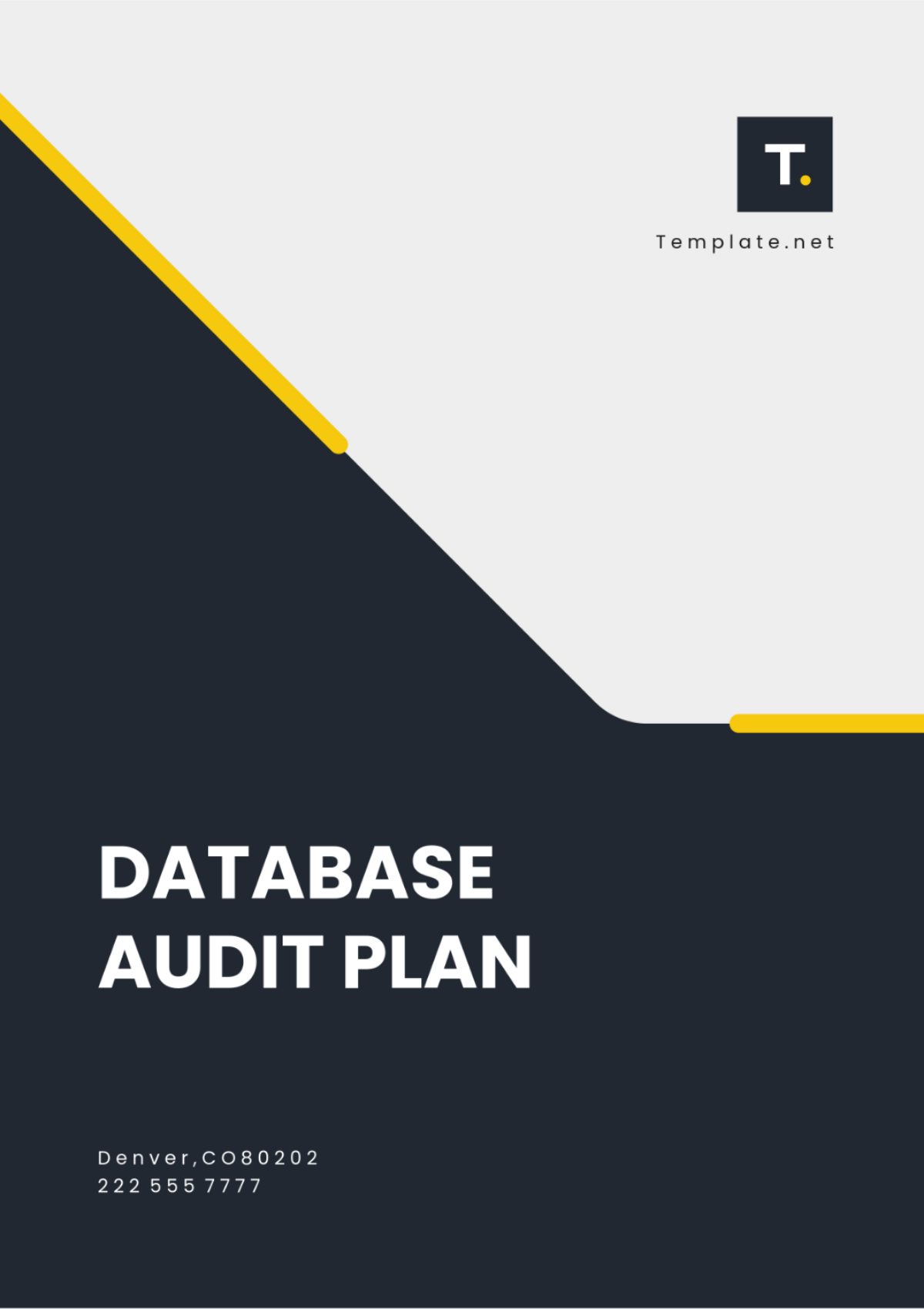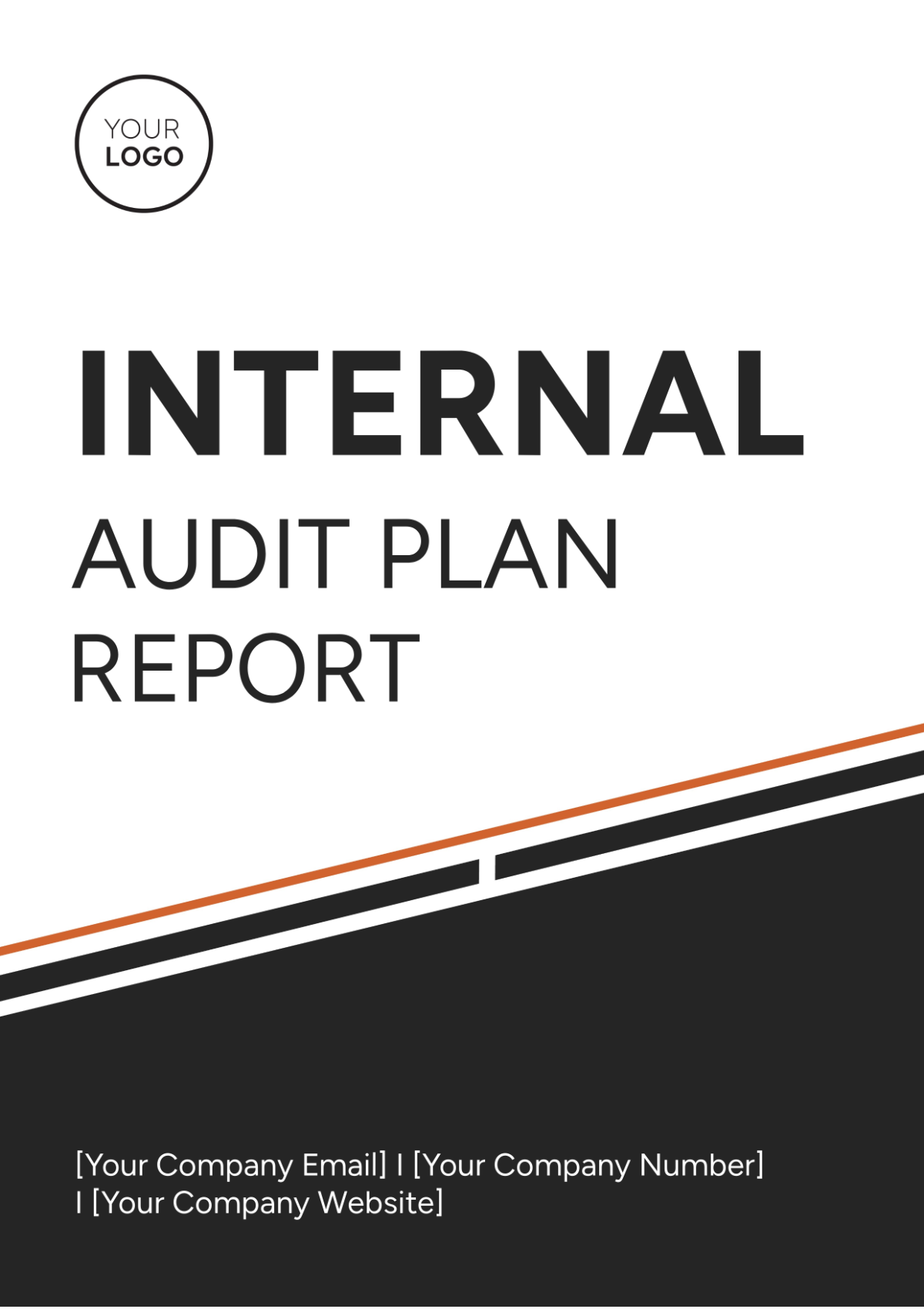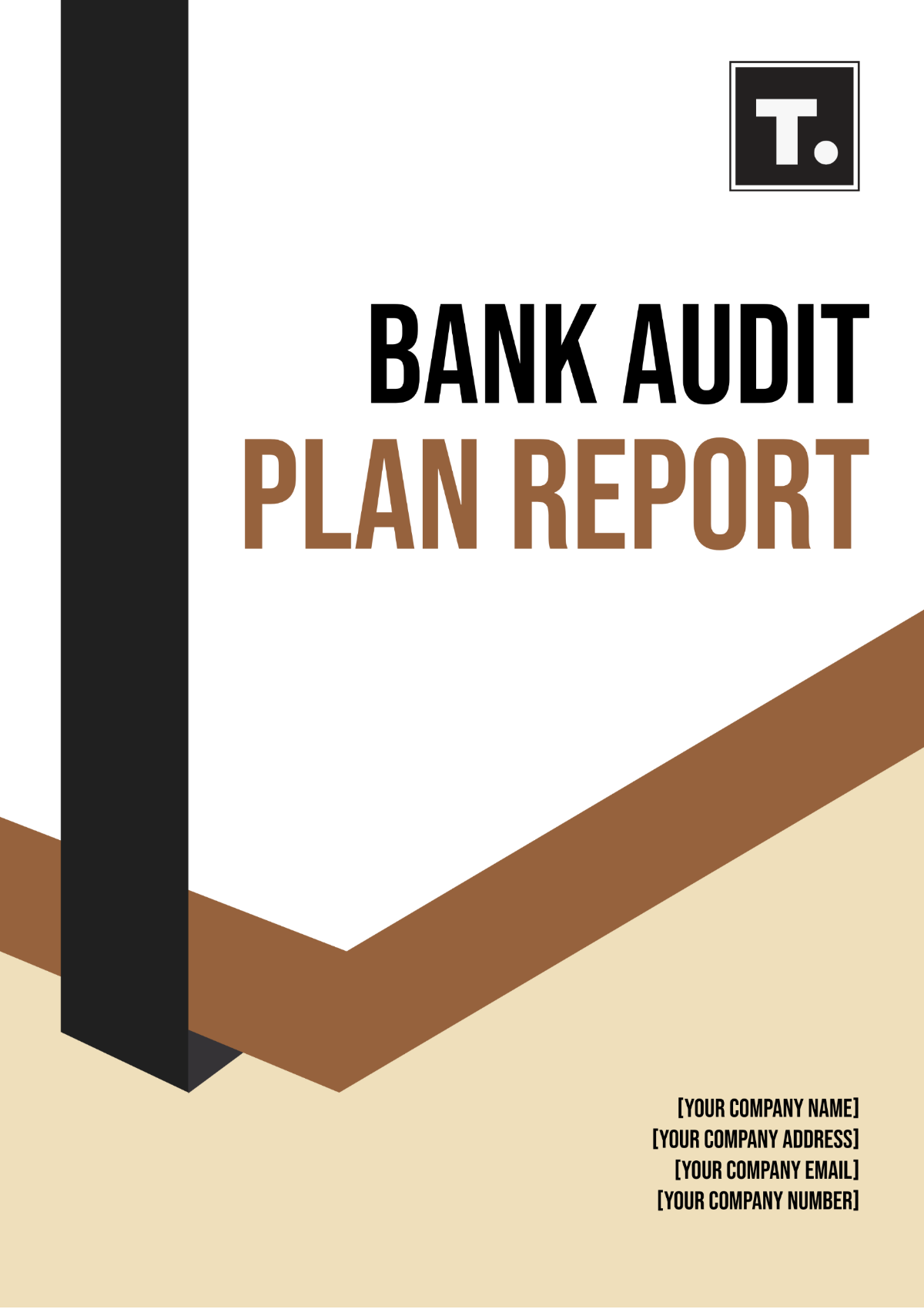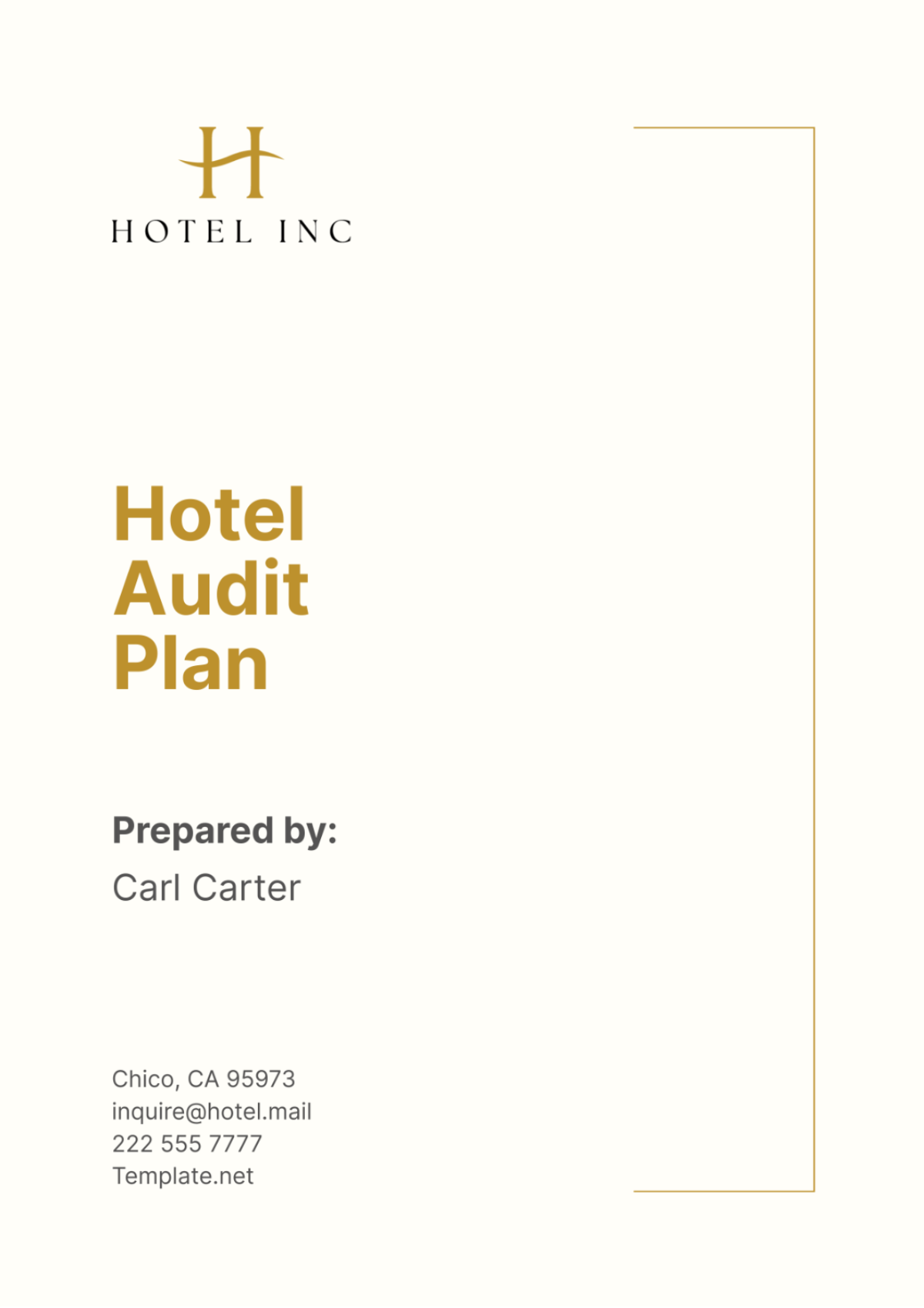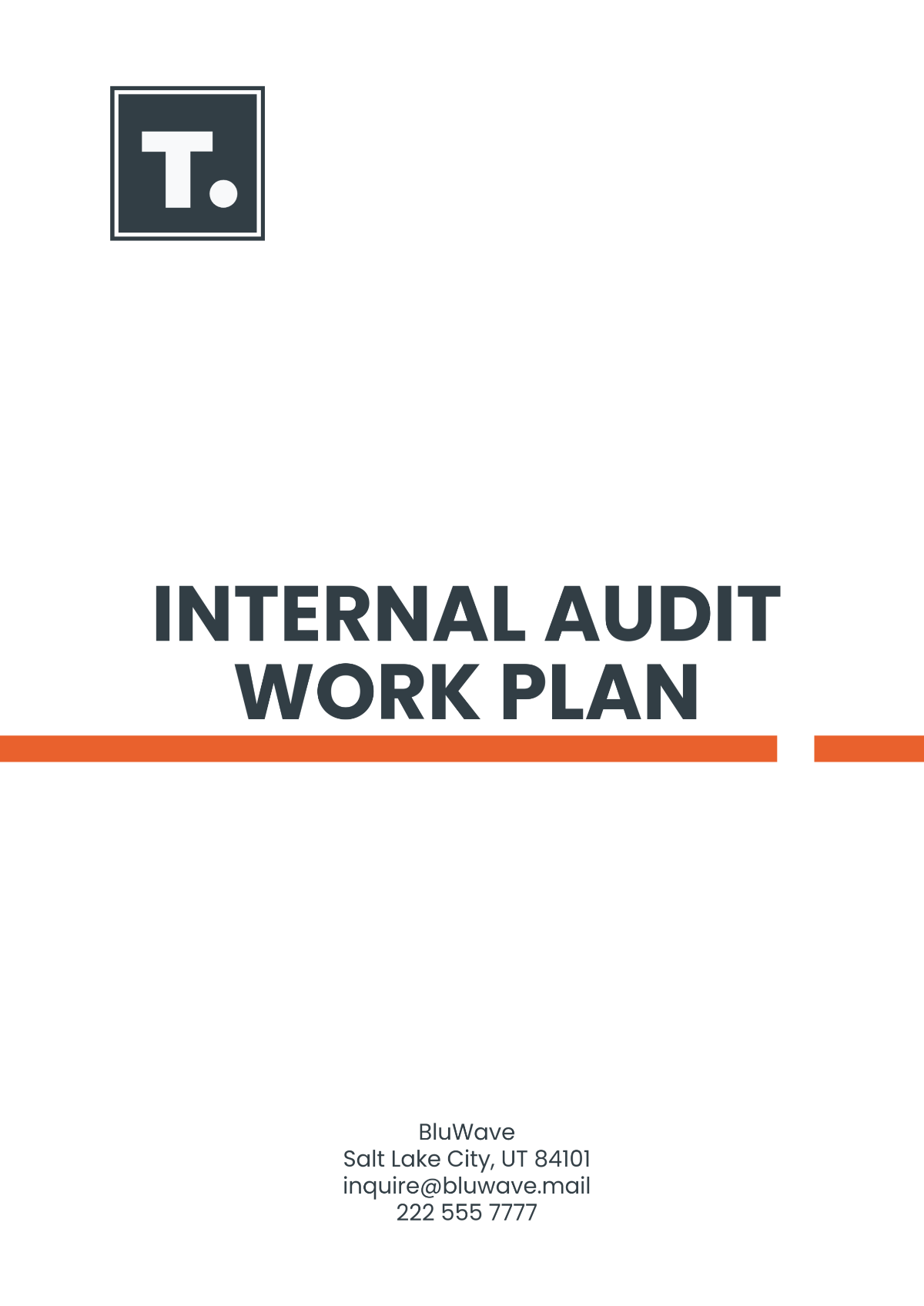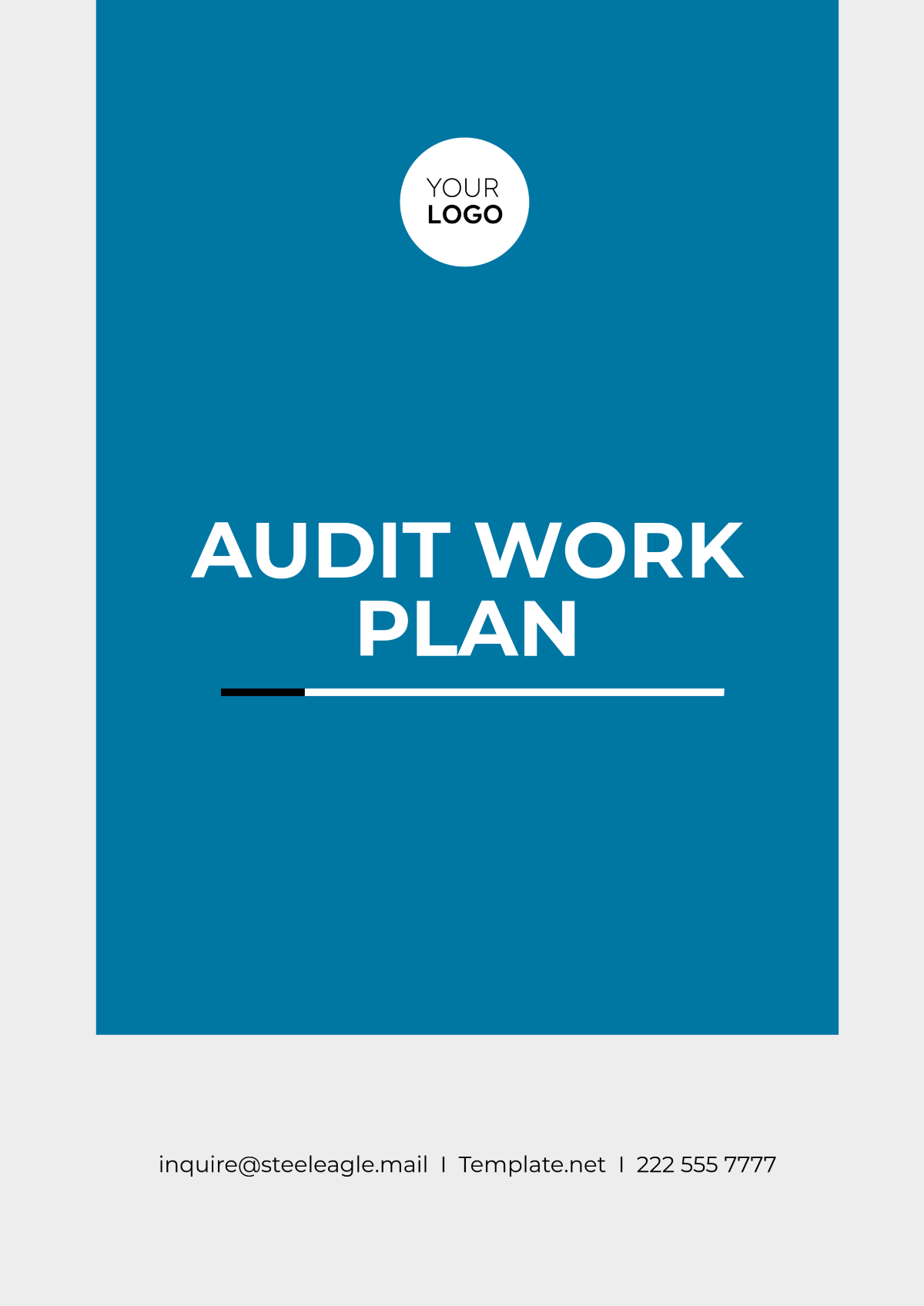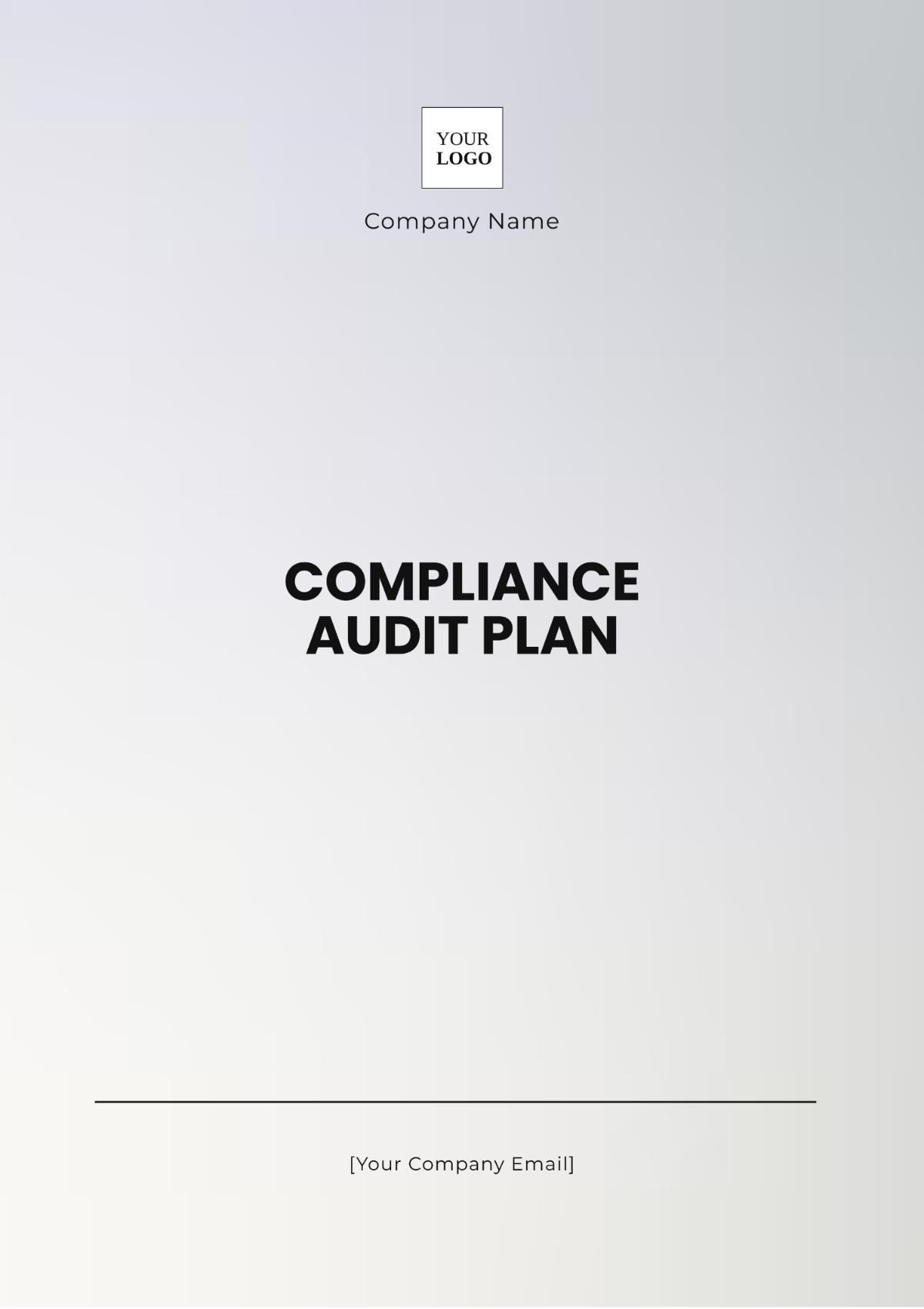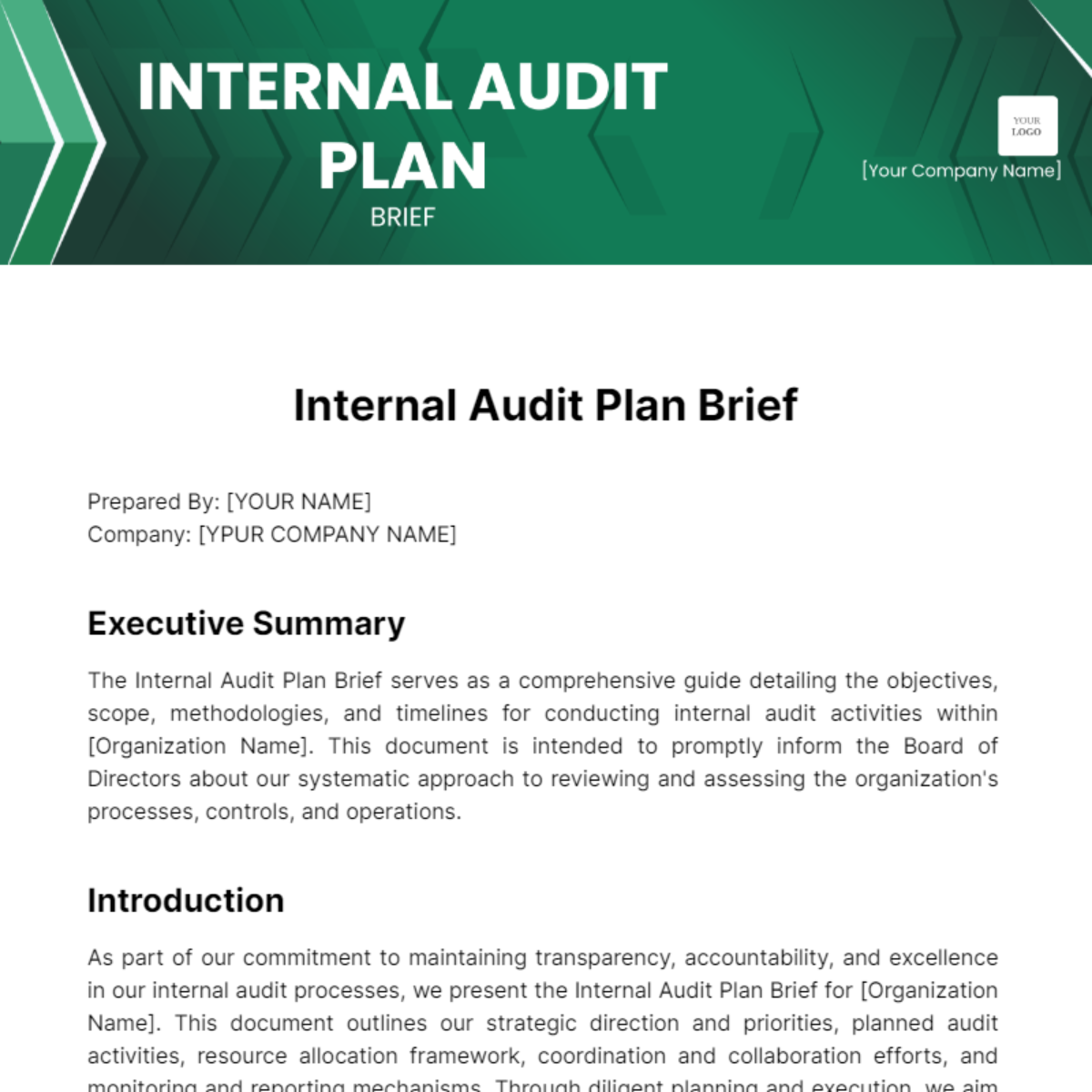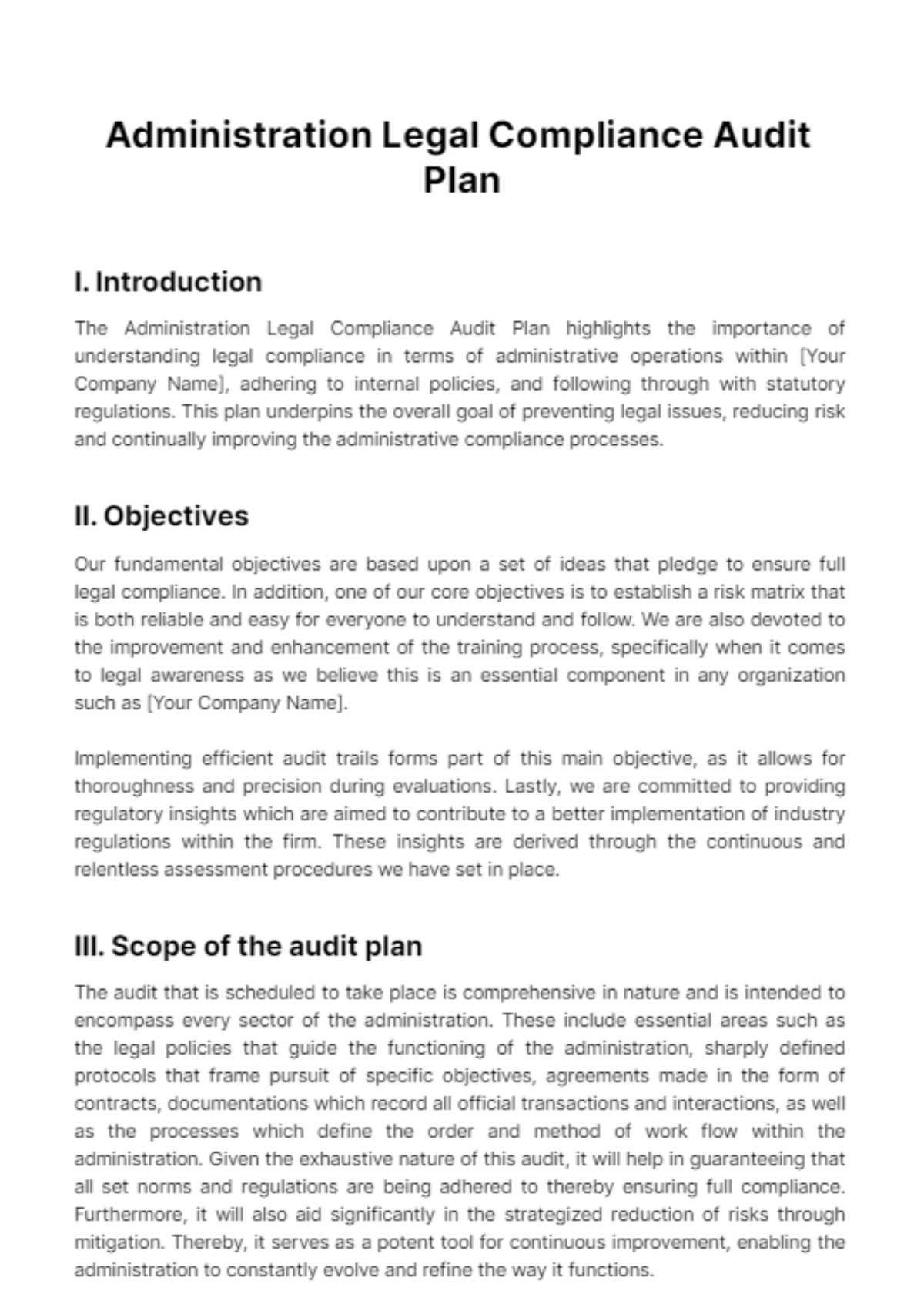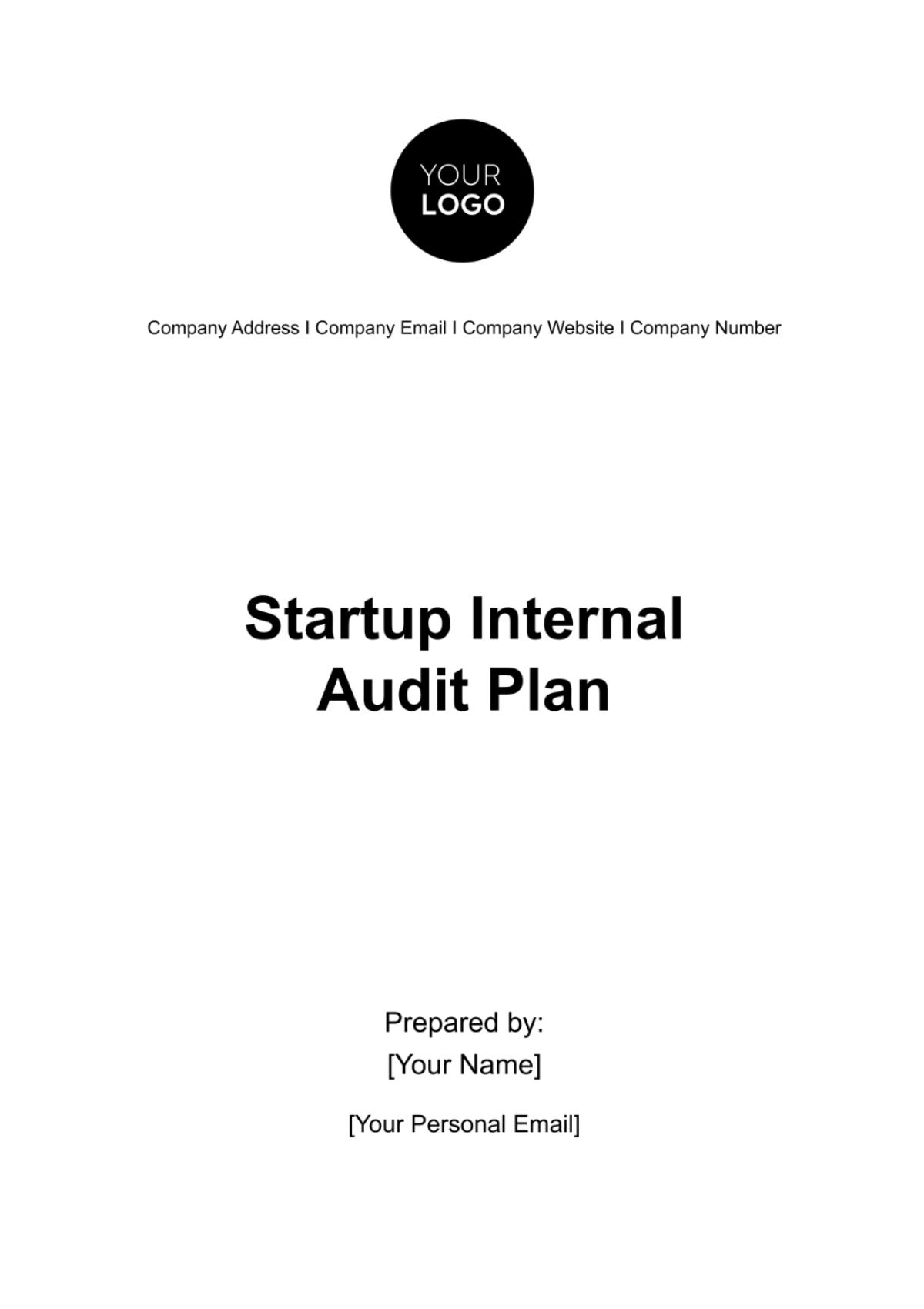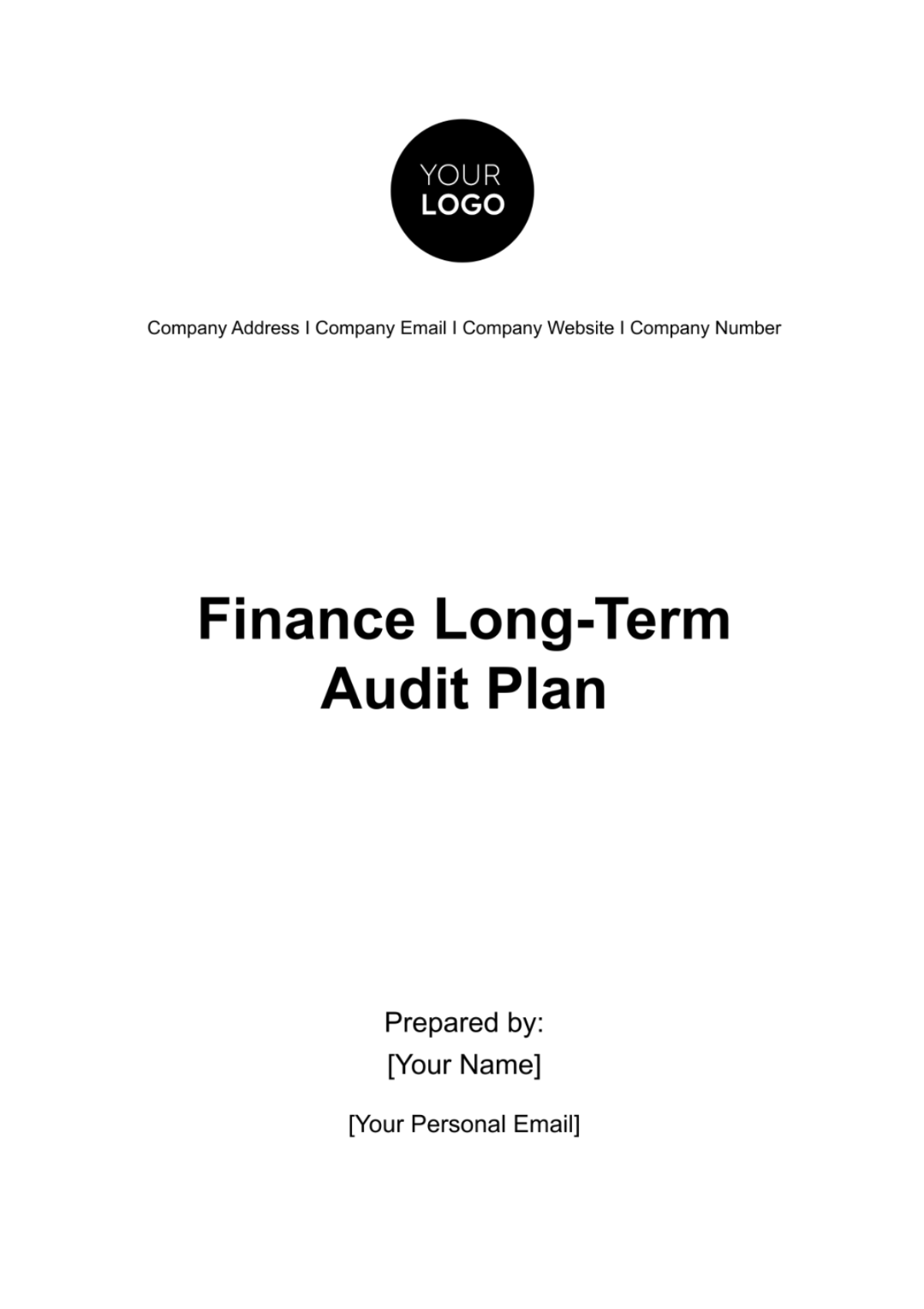Quality Audit Plan
Date of Preparation:
January 10, 2060
1. Audit Overview
This document outlines the Quality Audit Plan for [Your Company Name] for the year 2060. The plan aims to assess and improve the effectiveness of quality management systems across all departments, ensuring compliance with international standards and internal quality benchmarks.
Key Objectives:
To identify non-conformance issues with ISO 9001:2060 and company-specific quality requirements.
To evaluate the efficiency and effectiveness of operational processes and their alignment with business objectives.
To recommend improvements to enhance product quality and customer satisfaction.
2. Scope of the Audit
The audit will encompass all departments within [Your Company Name], with a focus on the following critical areas:
Manufacturing: Evaluating the consistency of production processes and adherence to quality control protocols.
Supply Chain Management: Auditing supplier performance, material quality, and delivery timeliness.
Customer Service: Assessing responsiveness, issue resolution times, and overall customer satisfaction metrics.
Research & Development: Ensuring the development of new products aligns with quality standards and regulatory requirements.
Information Technology: Verifying data integrity, cybersecurity measures, and system uptime related to quality data tracking.
3. Audit Schedule
Below is the proposed audit schedule for the year 2060. Audits will be conducted quarterly, with additional audits as required based on risk assessments or significant quality events.
Quarter | Department/Function | Audit Date | Lead Auditor |
|---|---|---|---|
Q1 | Manufacturing | February 15 – 20, 2060 | [Auditor Name] |
Q2 | Supply Chain Management | May 10 – 15, 2060 | [Auditor Name] |
Q3 | Customer Service | August 5 – 10, 2060 | [Auditor Name] |
Q4 | Research & Development, IT | November 1 – 7, 2060 | [Auditor Name] |
4. Audit Methodology
The audits will follow a systematic approach based on the Plan-Do-Check-Act (PDCA) cycle and ISO 9001:2060 standards. The key steps include:
Pre-Audit Planning:
Reviewing previous audit results and identifying risk areas.
Communicating with department heads to establish the audit's scope and objectives.
Preparing audit checklists and data collection tools.
On-Site Audit Execution:
Conducting interviews with department staff and reviewing documentation.
Performing sample testing and process observation.
Gathering evidence of non-conformances and best practices.
Post-Audit Reporting:
Compiling an audit report detailing findings, corrective actions, and opportunities for improvement.
Presenting the report to department heads and senior management.
Assigning corrective action responsibilities with deadlines.
Follow-Up Audits:
Ensuring corrective actions have been implemented effectively.
Verifying improvements during subsequent audits.
5. Audit Team
The audit team will consist of certified internal auditors, external auditors, and subject-matter experts as needed. Each auditor will be responsible for specific areas within the audit. The lead auditor will be [Your Name], supported by the following team members:
Name | Role | Area of Responsibility |
|---|---|---|
[Name 1] | Internal Auditor | Manufacturing |
[Name 2] | External Auditor | Supply Chain Management |
[Name 3] | Subject-Matter Expert | Information Technology |
[Name 4] | Internal Auditor | Research & Development |
6. Audit Resources
The following resources will be required to conduct the audit efficiently:
Documents: Access to process flowcharts, procedure manuals, and past audit records.
Software Tools: Quality management system software for tracking corrective actions and audit results.
Logistics: Meeting rooms for interviews, site access for on-site audits, and necessary IT equipment for data analysis.
7. Risk-Based Approach
The audit plan adopts a risk-based approach, focusing on high-risk areas where non-compliance could significantly impact product quality, operational performance, or customer satisfaction. Priority will be given to departments with recent non-conformance incidents, changes in process, or high customer complaint volumes.
8. Reporting and Corrective Actions
Upon completion of each audit, a comprehensive audit report will be prepared. The report will outline:
Summary of Findings: Detailed observations and non-conformance issues.
Root Cause Analysis: Investigation into the underlying causes of non-conformances.
Corrective Action Plan: A step-by-step plan to address issues, improve processes, and prevent recurrence.
Timeline: Deadlines for implementing corrective actions and scheduled follow-up reviews.
9. Audit Follow-Up
Follow-up audits will be conducted within three months of the original audit to verify the implementation and effectiveness of corrective actions. A final audit closure report will be prepared once all actions are satisfactorily completed.
10. Conclusion
The 2060 Quality Audit Plan for [Your Company Name] aims to foster continuous improvement, mitigate risks, and ensure compliance with global quality standards. Through this comprehensive approach, [Your Company Name] is committed to delivering exceptional products and services while maintaining a robust quality management system.
Approval
This Quality Audit Plan has been reviewed and approved by:
Name | Title | Date |
|---|---|---|
[Approver Name] | Chief Quality Officer | January 15, 2060 |
